Dear friends,
This last episode from the Turquoise Coast takes us on a long hike with beautiful views, meeting a nomadic family, a visit to the ancient city of Kaunos, and the winding river through the marsh and reeds for a brief stop in Dalyan.
After a rainstorm in the night, it was lovely to be up early on deck to enjoy a cup of tea or coffee
And watch other yachts sail off for their day’s adventures
This Kiwi enjoyed the morning fruit at breakfast time beautifully presented by Chef Ahmet
Then it was hiking boots on and up the rocky trail
Long lines of beehives. The sale of honey is one of the mainstays of the Yoruk family
The sage tea and honey or olive oil on bread made for a delicious snack during our brief stop with the family
Handicrafts for sale for passing hikers like ourselves
Our hostess was quite the character and was more than happy to pose for a photo
Close to their house, was a Byzantine cistern, the water now only used for their goats
Inside, I loved the pattern of sunlight filtering through the windows of the cistern onto the water
A lovely view from the track down to the turquoise waters of the Gocek Lagoon
Jeanne F and Charlie resting among the olive trees on the way down
Another vantage point to take in the view on our hike down the trail
The last 100 metres of the trail
Ali waiting for us with the dingy to return us to the Cavurali moored in Ag Limani Cove
Captain Yavuz welcoming us back on board. Kayak and paddleboard ready for a relaxed afternoon
I haven’t elaborated on our quarters on board the gulet and so want to share with you what our cabin looked like and a few other details not yet mentioned. There were just 4 cabins for passengers, two in the bow, like the one I shared with Jeanne S, and two in the aft section. We had to pass through the galley to get to ours, so we could keep a watchful eye on what lovely dishes were being prepared for each meal.
Captain Yavuz and Ali deep in discussion as we cruise from one mooring to another
The bunks long enough if you slept with your head under the bulkhead – a few ‘ouches’ were uttered
The ensuite bathroom, with a handheld shower – all very shipshape and practical
There was limited wifi coverage and electricity, but we could recharge our phones and ipads here
Several places to hang our laundry – but I really just liked these colours so included the photo!
Jeanne S and Roger relaxing on the foredeck
The view across the bay in the evening light
The following day we sailed to Iztuzu and boarded a local boat. We chugged past a long sandy beach – one of the few remaining egg-laying areas for loggerhead turtles in the Mediterranean – and through a winding reedy passage of the Dalyan River to visit the ancient harbour city of Kaunos.
On board a local boat looking towards the beach on the right with the alluvial plain behind
Every day these boats bring locals and tourists out to the long sandy beach, and return each evening.
The beach is ‘closed’ to people from dusk to dawn to allow the turtles to nest
The Calbys river (now known as the Dalyan river) was the border between the Kingdoms of Caria and Lycia. Initially, Kaunos was a separate state; then it became a part of Caria and later still of Lycia. Kaunos was an important sea port, the history of which dates back to the 10th century BC. Because of the formation of Iztuzu Beach and the silting of the former Bay of Dalyan (from approx. 200 BC onwards), Kaunos is now about 8 km from the coast. The city had two ports – the southern port was used from the foundation of the city till roughly the end of the Hellenistic era, after which it became inaccessible due to its drying out. The inner or trade port could be closed by chains. The latter was used till the late days of Kaunos, but due to the silting of the delta and the ports, Kaunos had by then long lost its important function as a trade port. After the capture of Caria by Turkish tribes, and the serious malaria epidemic of the 15th century AD, Kaunos was completely abandoned.
An impressive hill-top acropolis towers over the remains of the city of Kaunos
Arched doorways through a still-standing wall
Excavations and the reconstruction of some buildings has been on-going since 1966
The remains of a temple overlooking what would once have been the bay
Few tourists other than us, but several goats ambling through the ruins
Some donkeys tethered by the site
The entrance to a Byzantine church
Inside the church
The theatre with the tiered seating against the hillside and a magnificent view out to sea
Perhaps the most interesting of all the buildings was the ‘wind-measuring platform’ that dates back to 150 BC and was used for city planning. According to archeologists, it must have consisted of a circular building with a base diameter of 15.80 m and a top diameter of 13.70 m. The building has collapsed, however, probably as a result of an earthquake and the measuring method is therefore not quite clear. The Roman architect Vitruvius stated in his writings on architecture that wind-measuring platforms were used to plan streets in accordance with the prevailing wind direction, in order to keep the air in cities clean. This would have been particularly important as a means to control malaria-bearing mosquitos.
The remains of the circular ‘wind measuring’ platform
From the ancient city, we continued our journey by tractor trailer and then by boat to the town of Dalyan, passing some impressive Carian tombs carved into a rock face.
Our transport from Kaunos towards Dalyan
A well-decorated boat on the side of the Dalyan River
Impressive tombs carved into the rockface.
A closer look at the rock tombs from the 4th – 2nd Century BC. The facades resemble the fronts of
Hellenistic temples with two Ionian pillars, a triangular pediment, and an architrave with toothed friezes
A tourist map showing the location of the beach, the winding river, Kaunos, and the rock tombs
A line of boats by the town of Dalyan, now a well-frequented holiday destination.
A walk down the main street lined with shops and bars advertising their mouth-watering cocktails testified to its popularity with holidaymakers. Unfortunately, since it was only lunchtime, the bars were still closed.
But of course, a delicious lunch of buttered shrimp and calamari awaited us back on board
And why not, some delicious baklava to finish off the meal
And then the next morning dawned and we had to pack our bags, and leave our lovely gulet and the crew behind and travel northwards to the famous city of Ephesus which will be the subject of the next story.
Morning has broken
The first four of us into the dingy heading for the marina
A sleek line of yachts lining the dock
Chef Ahmet watches us leave, anticipating calmer days, as we were the last group of the season
Our trusty guide oversees the departure although he will carry on with us to Ephesus as well
A wide-eyed welcome from one of the marina cats
A fond farewell and many thanks to Captain Yavuz & Ali for these fabulous days on the Turquoise Coast
And so ends this part of our trip. The next episode with feature the fabulous ruins at Ephesus and some of the treasures in the museum there, as well as a visit to the delightful town of Sirince, and some carpet buying.
I hope you are still enjoying traveling with me because there’s plenty more to come.
All good wishes,
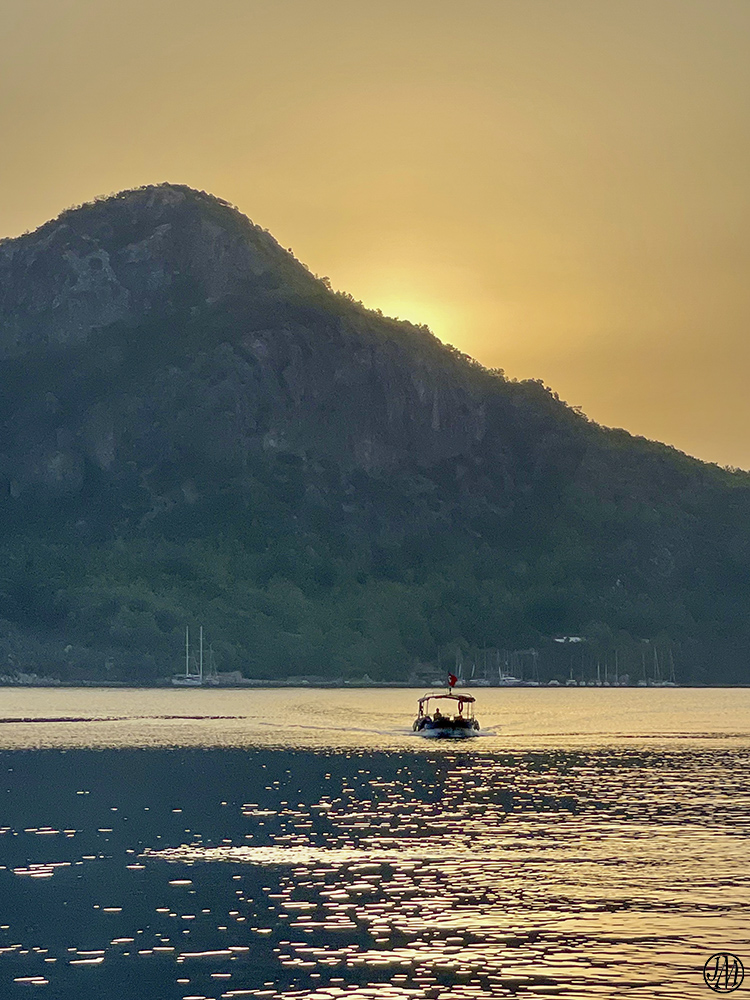
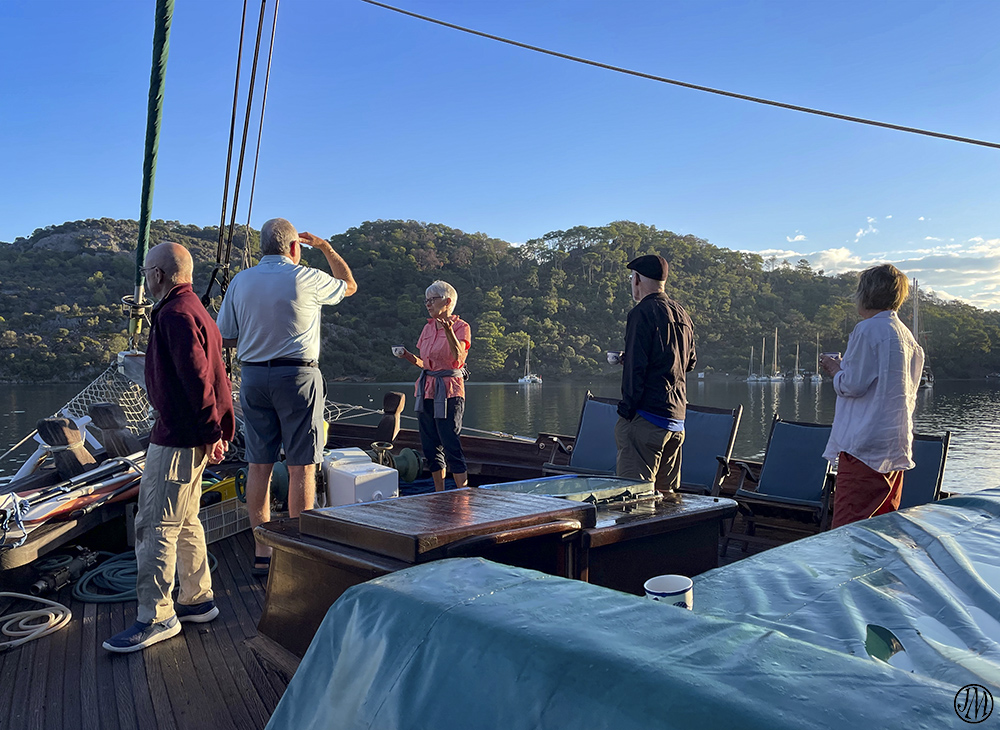
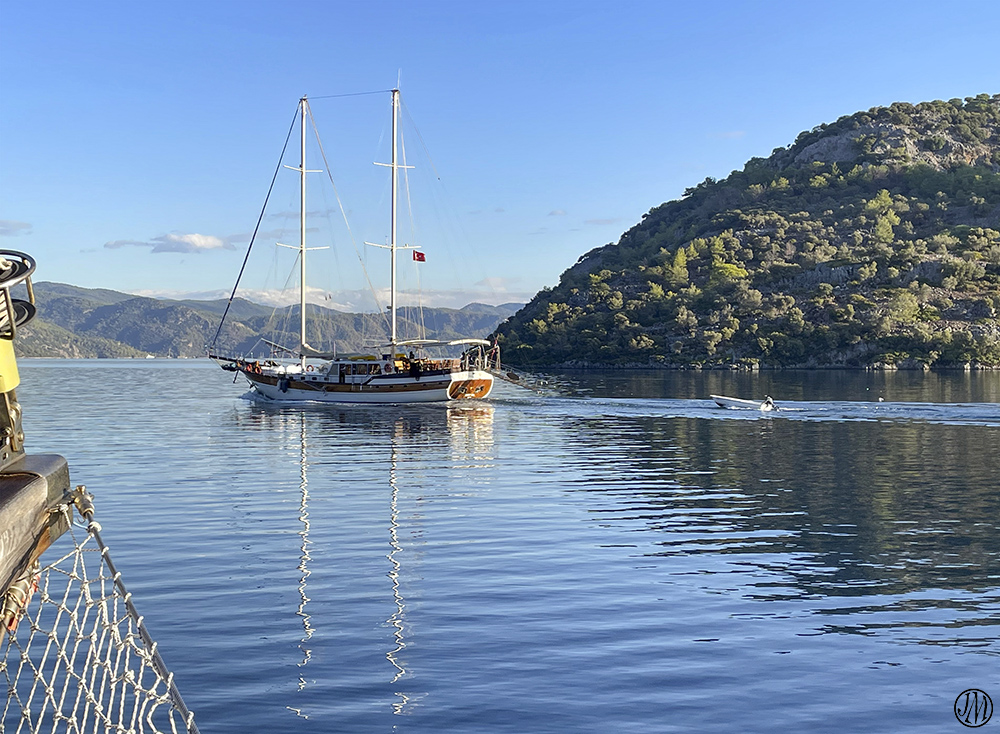
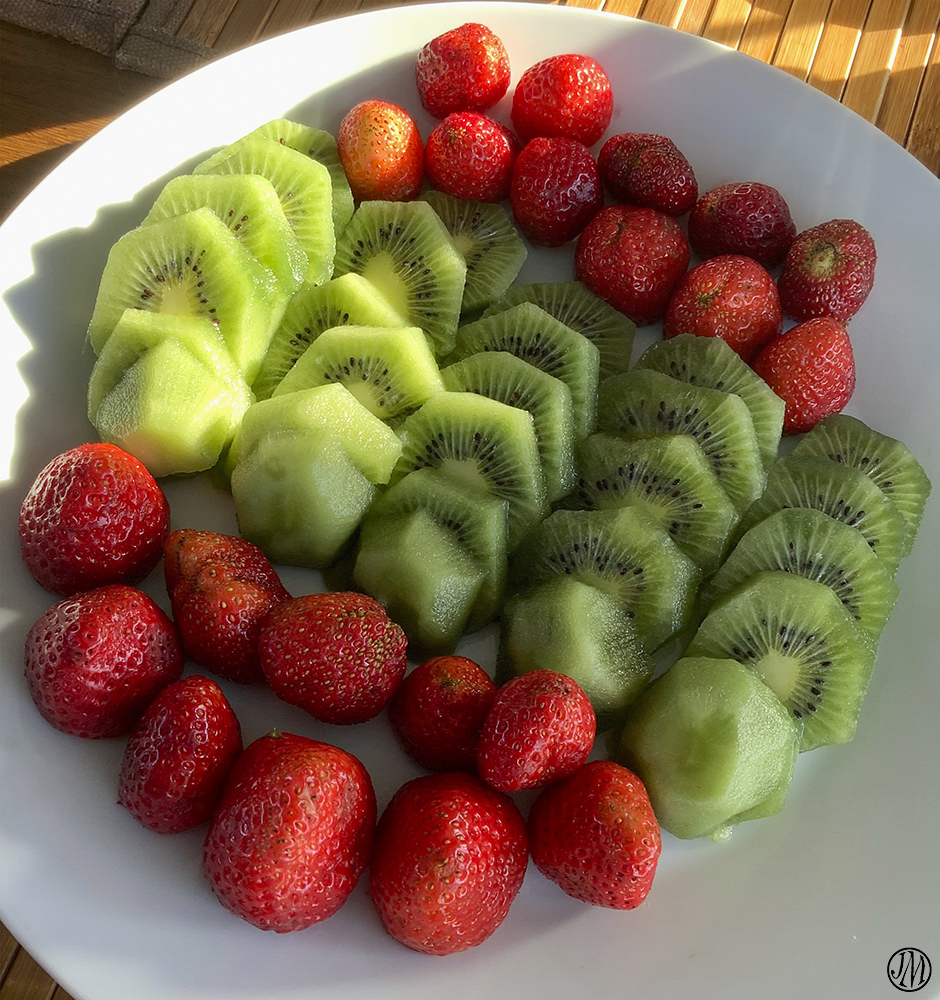
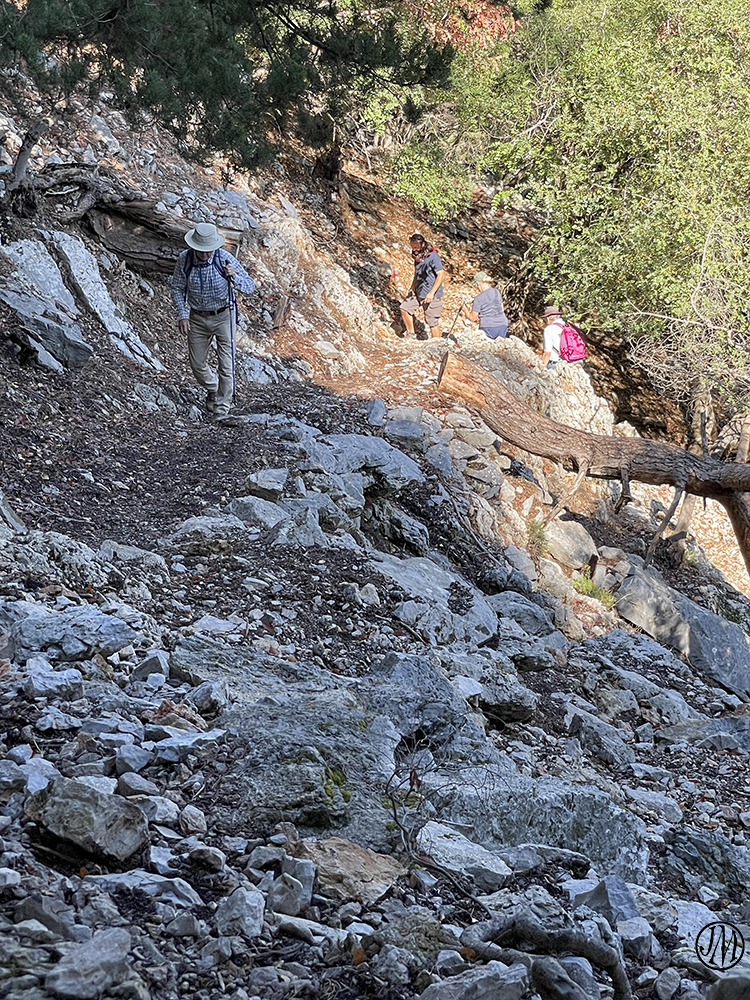
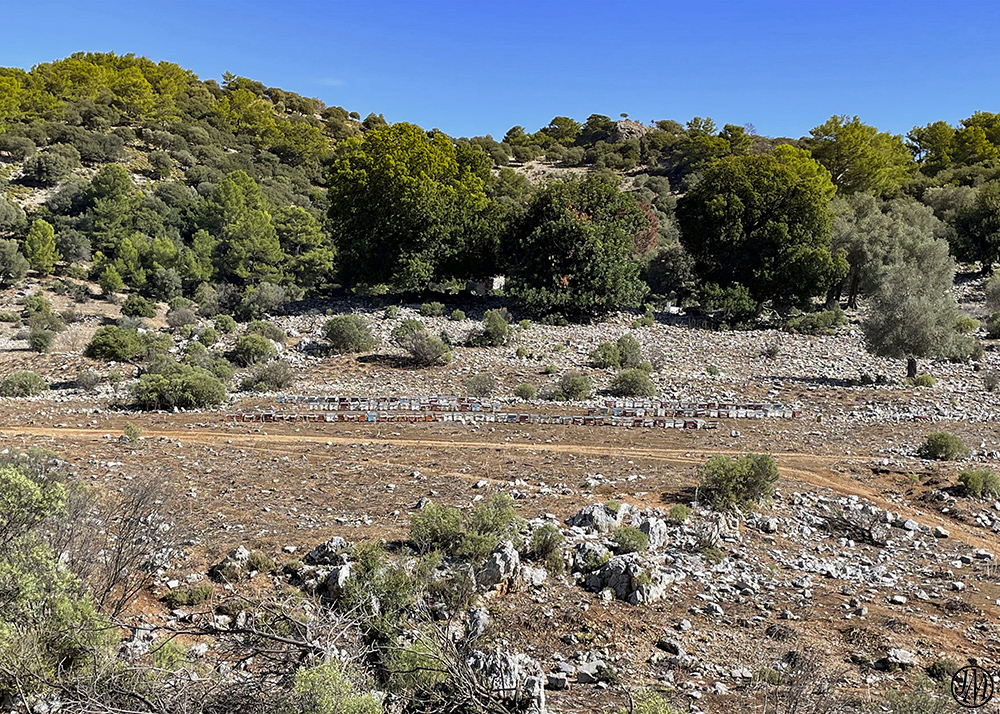
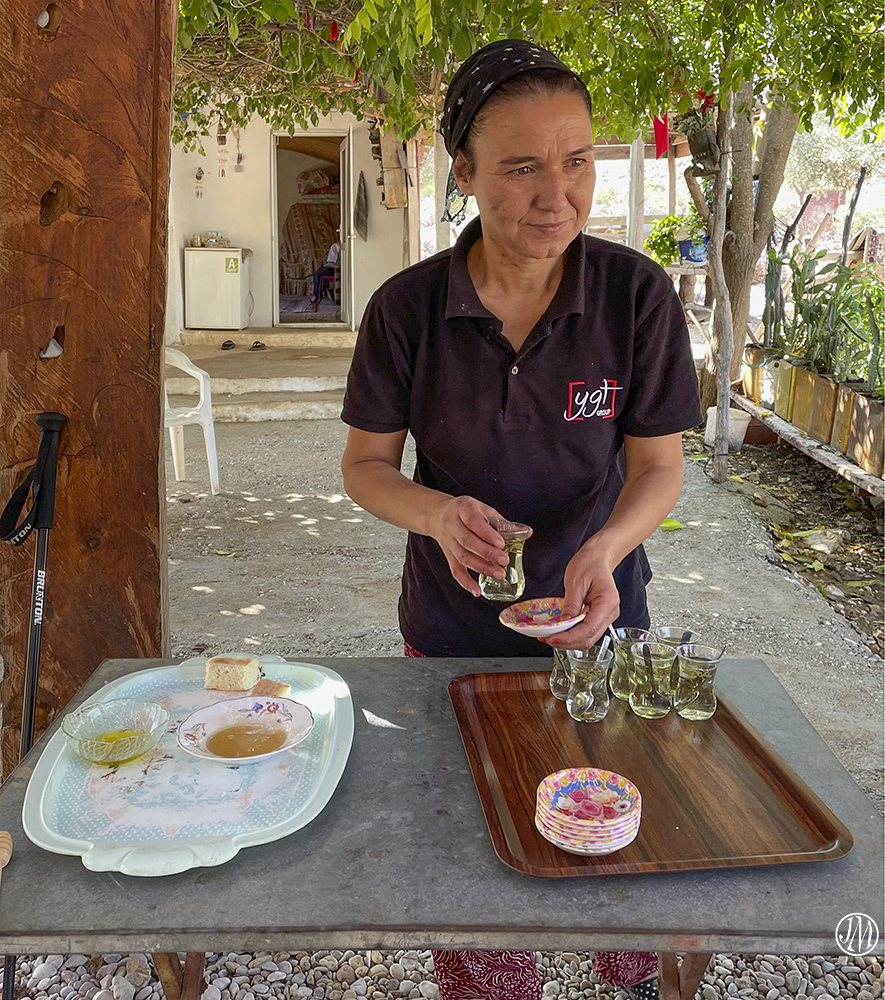
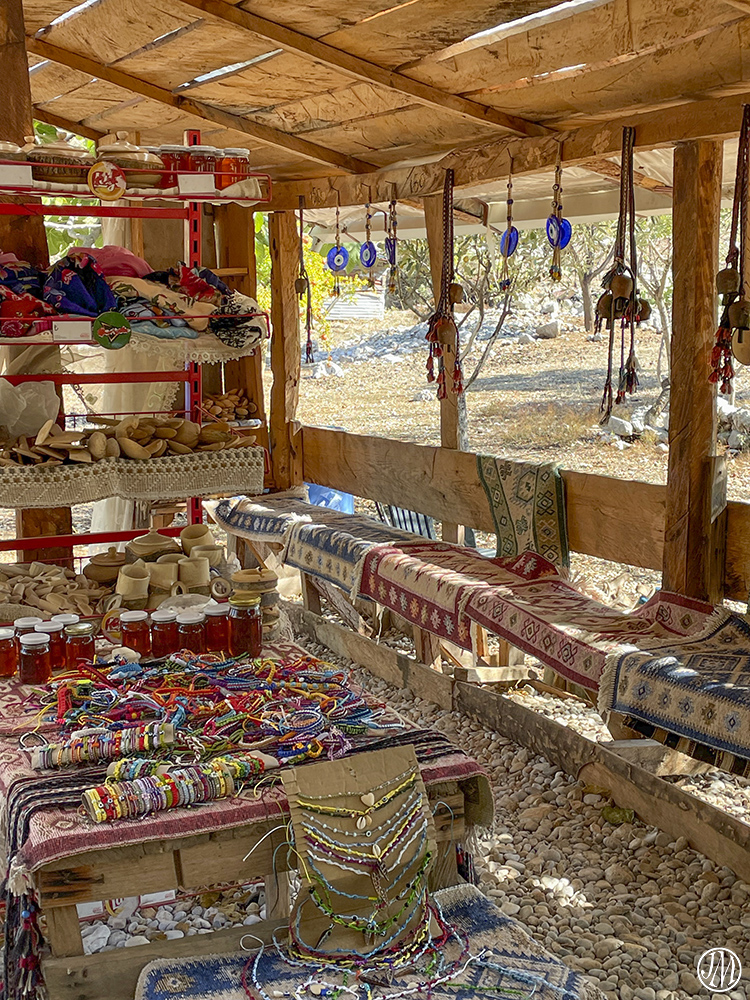
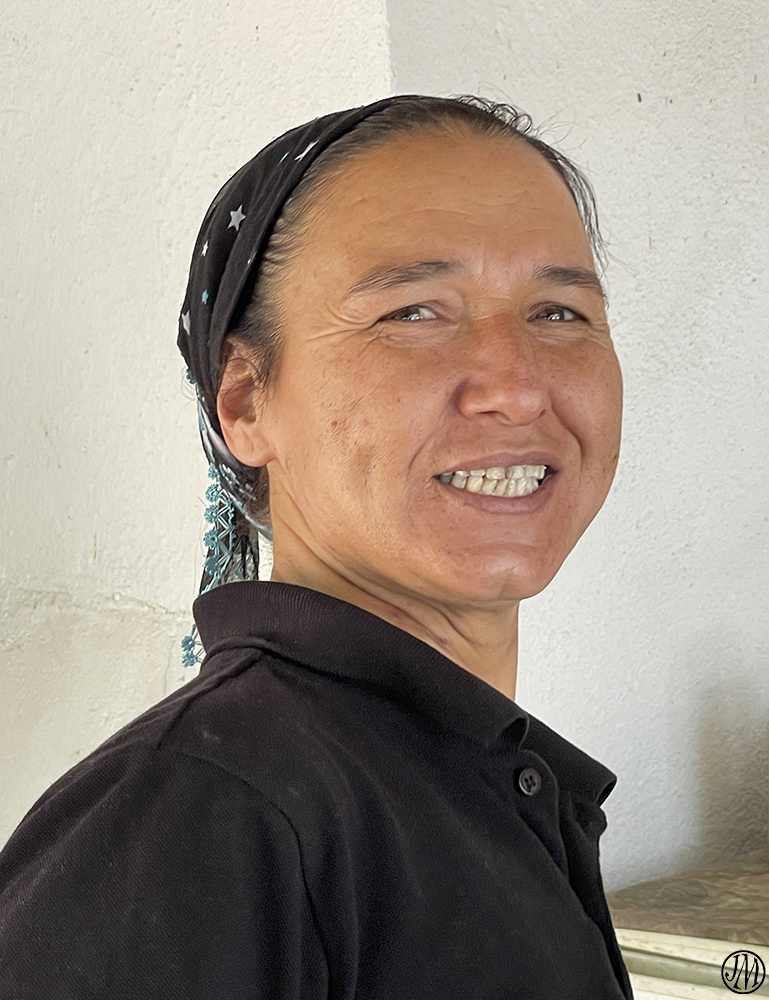
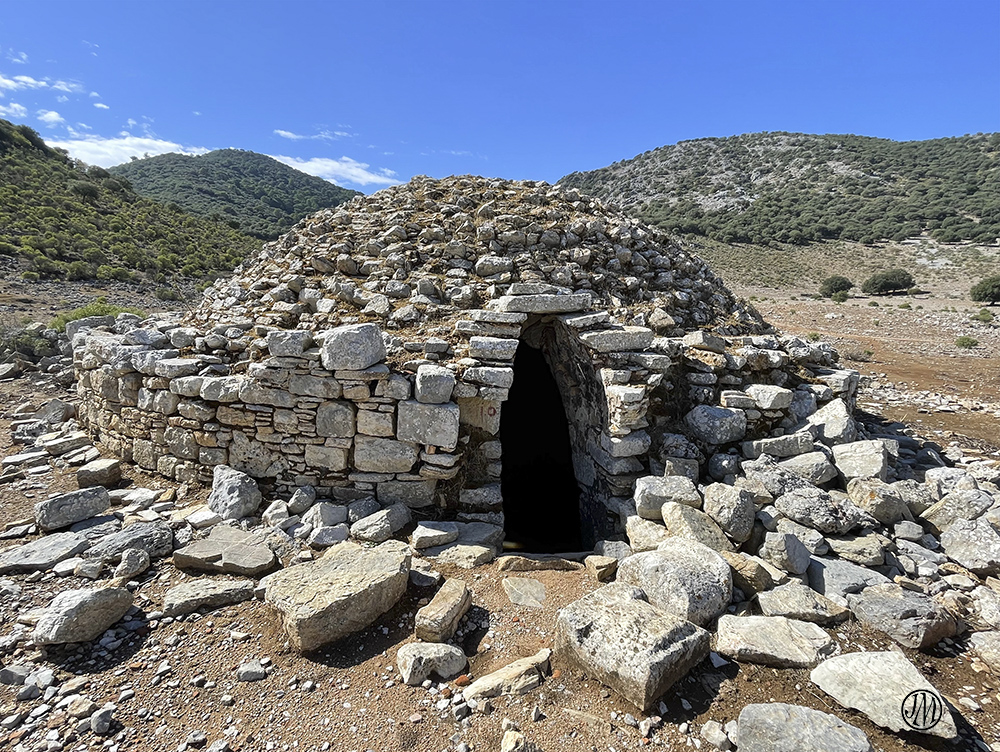
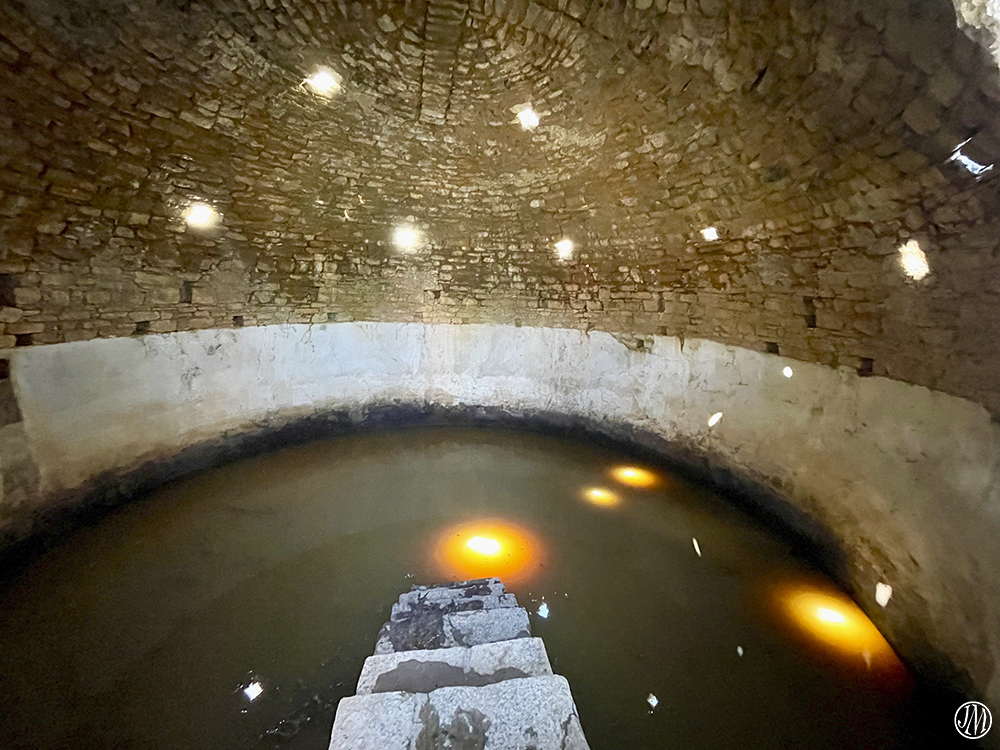
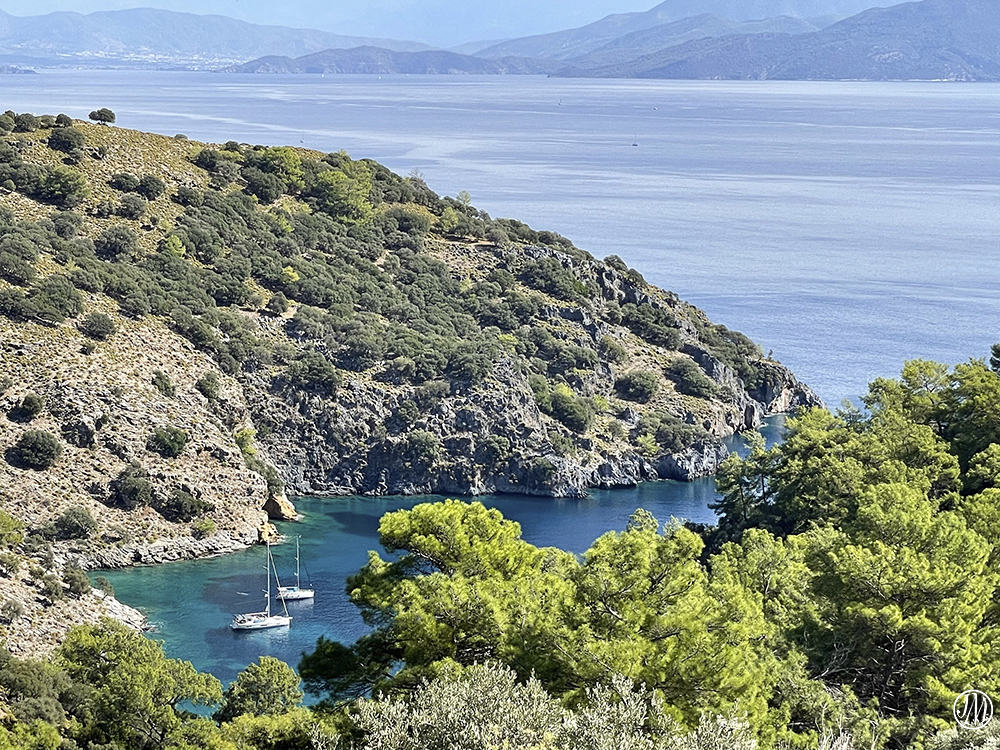
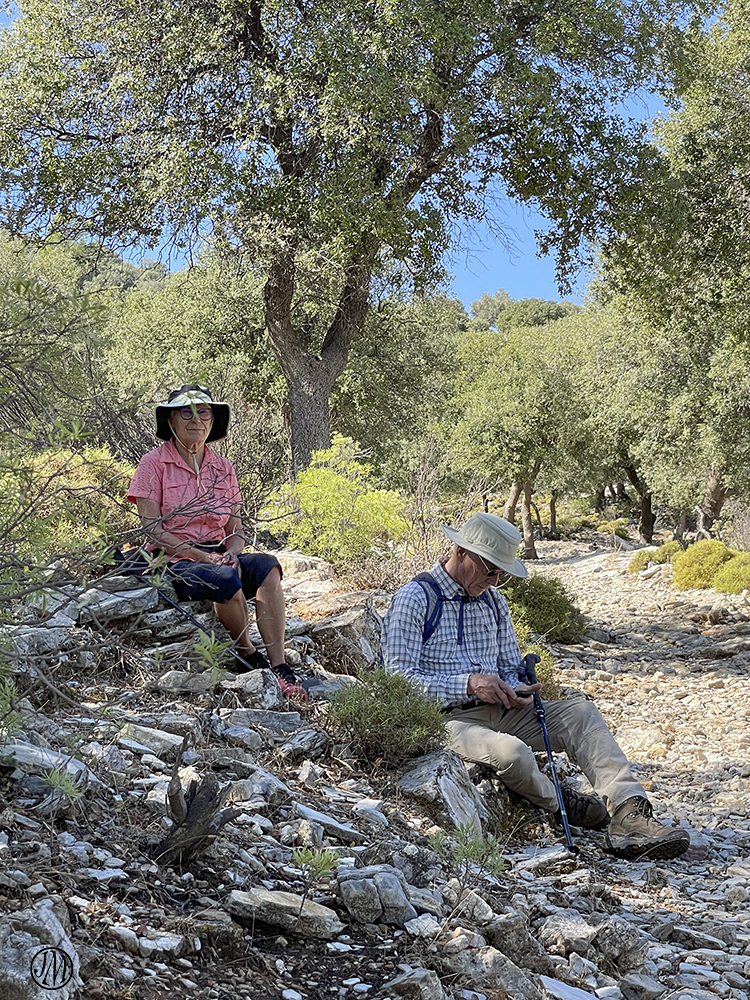
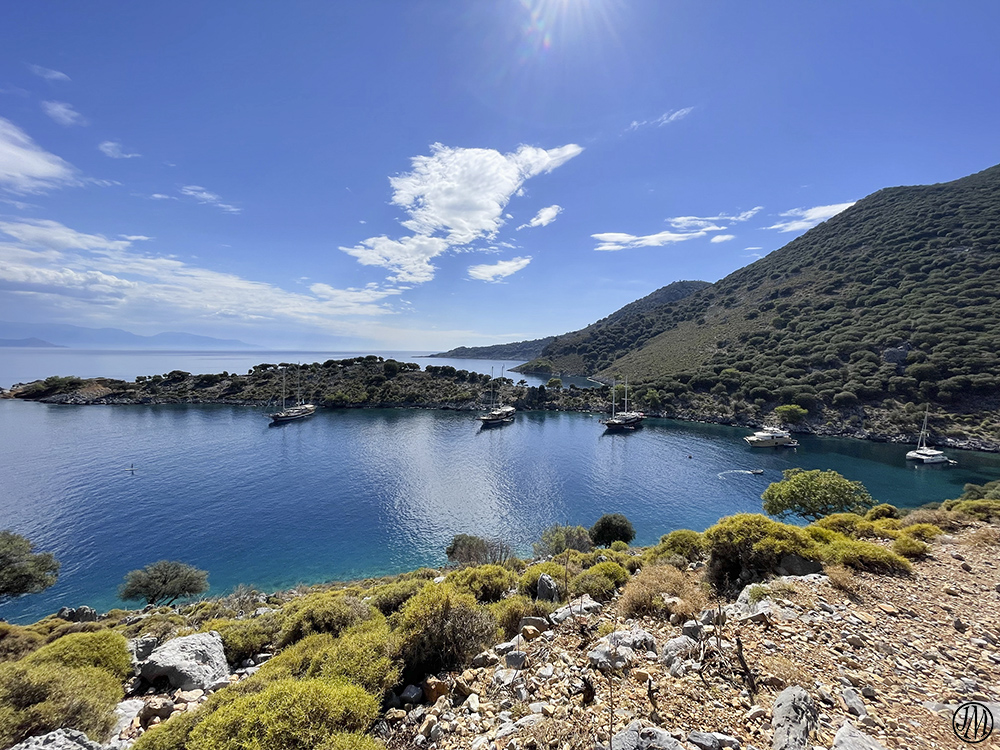
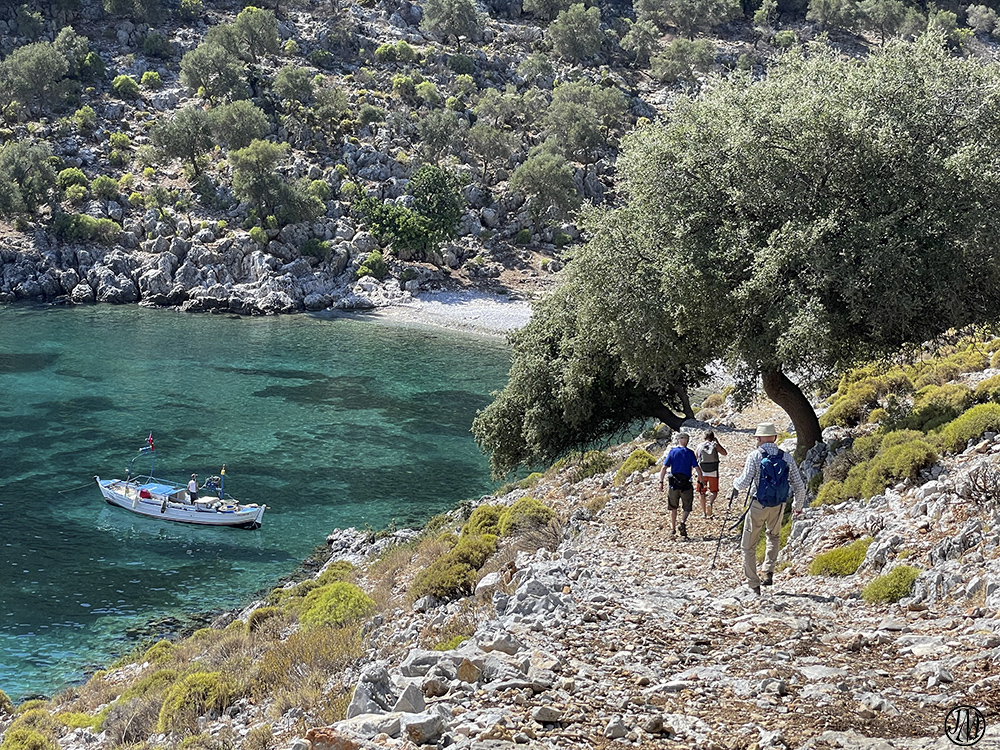
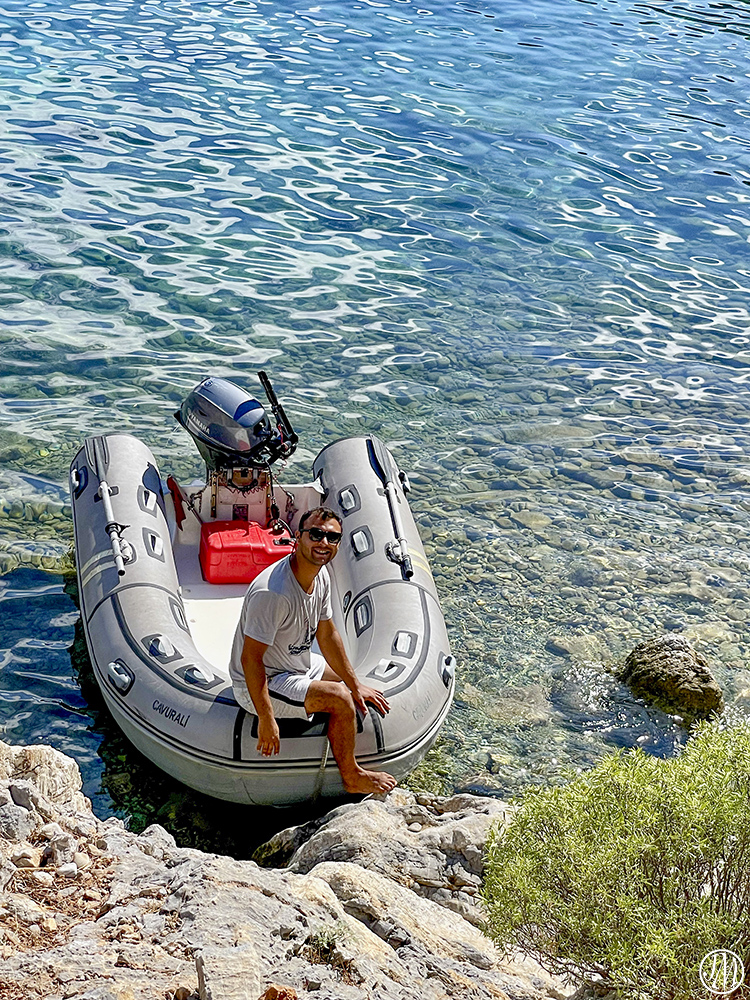
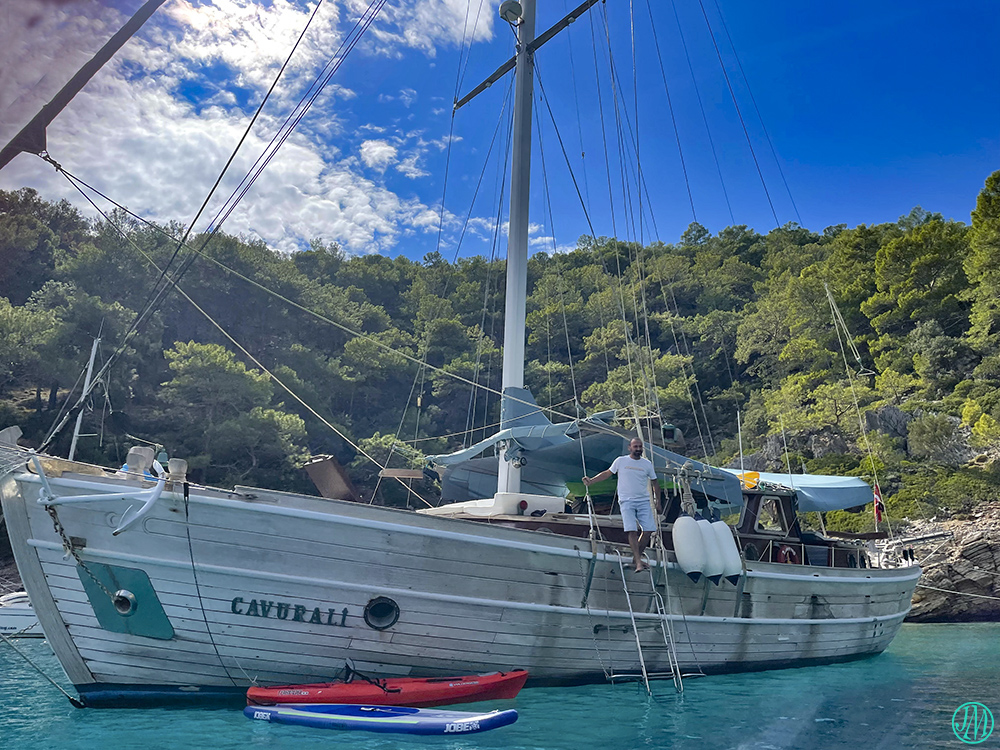
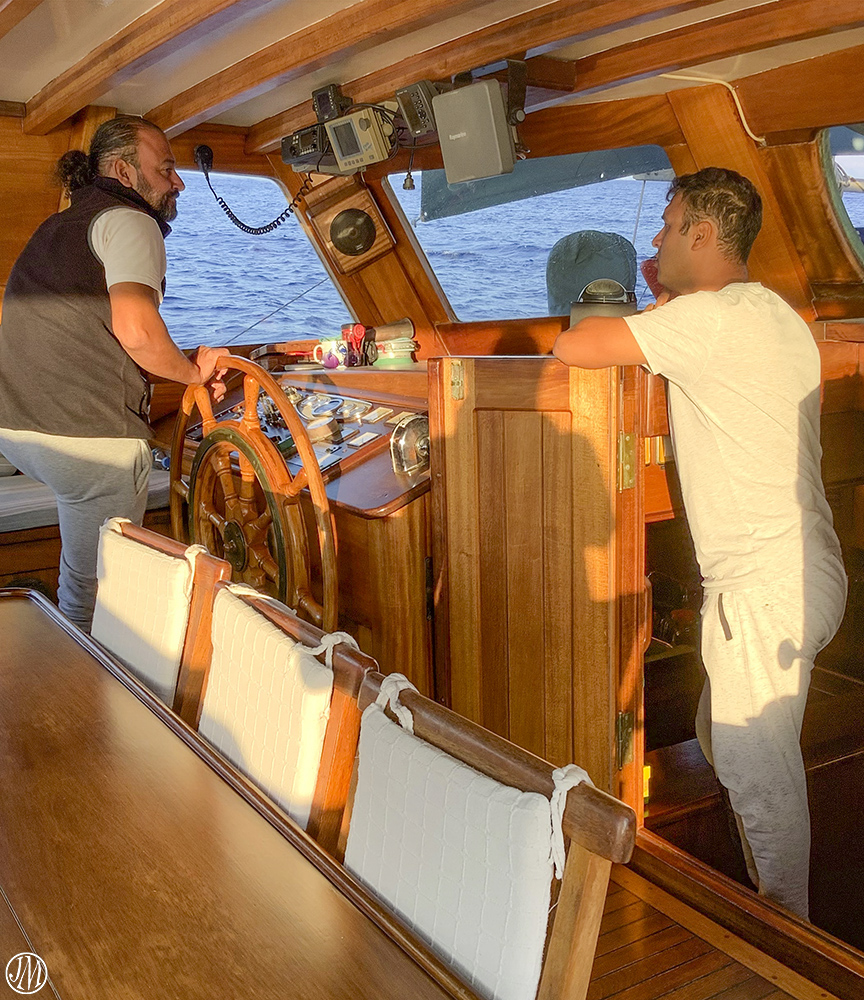
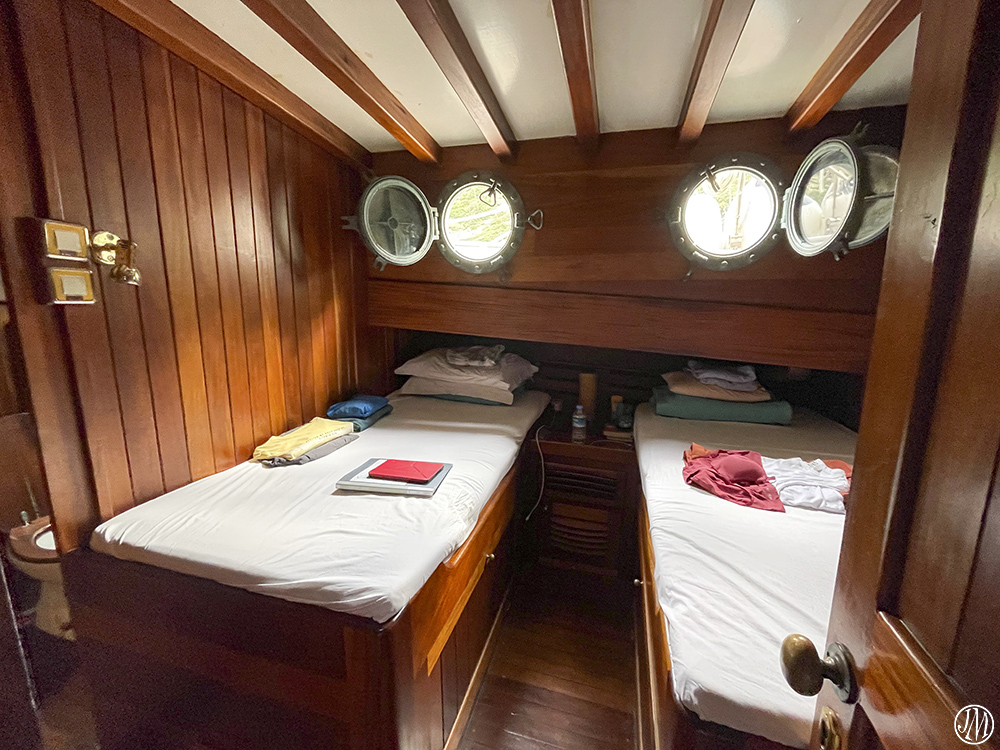
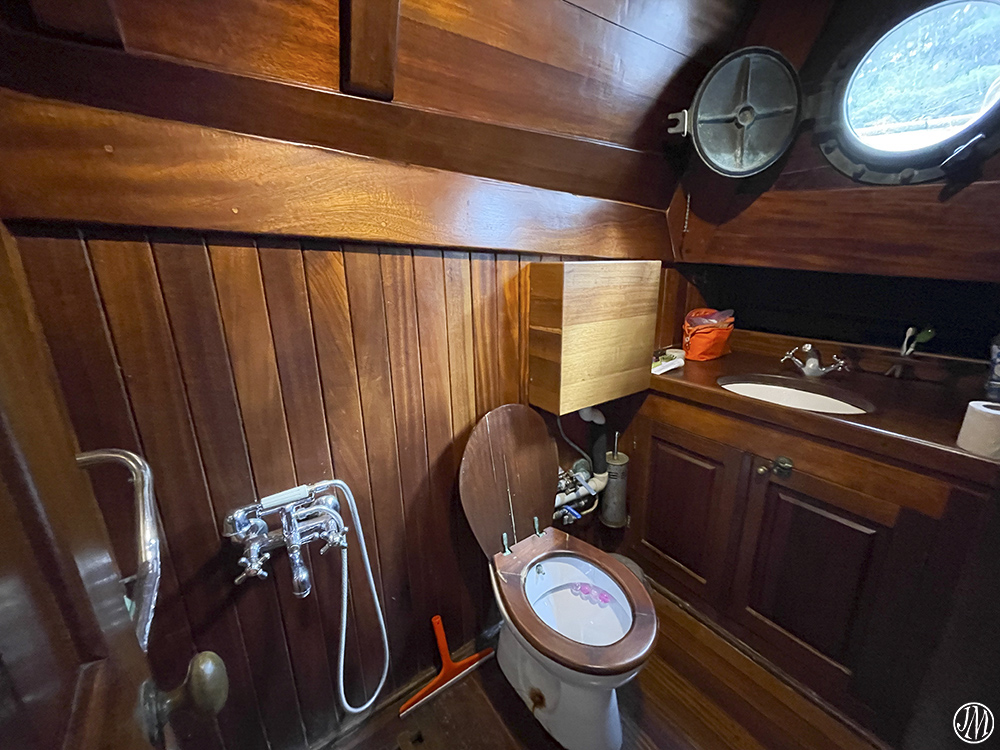
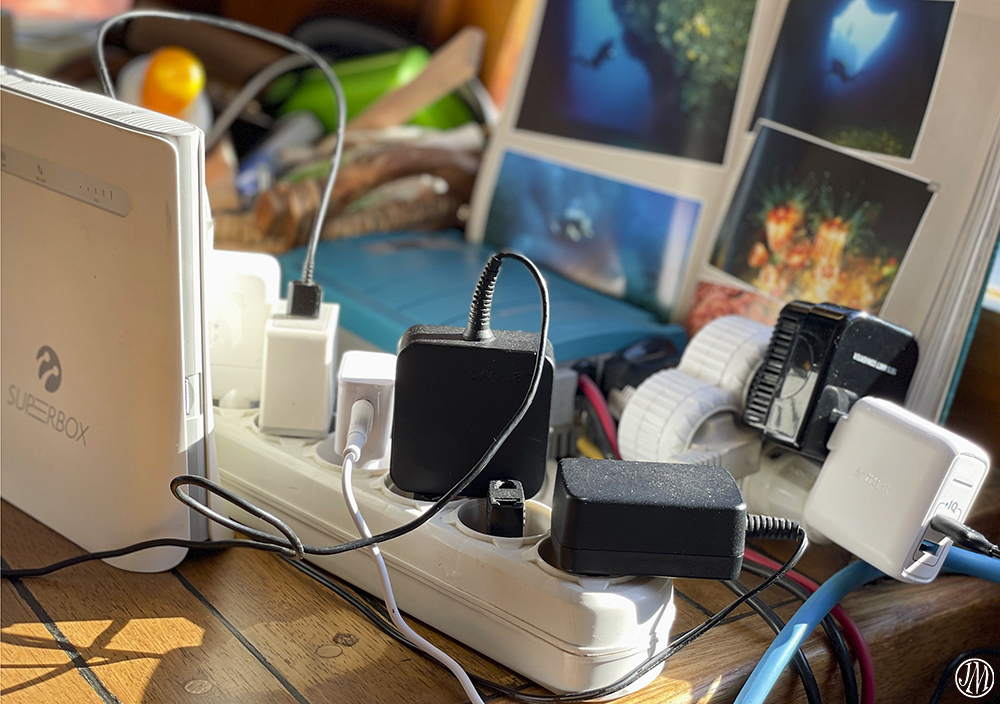
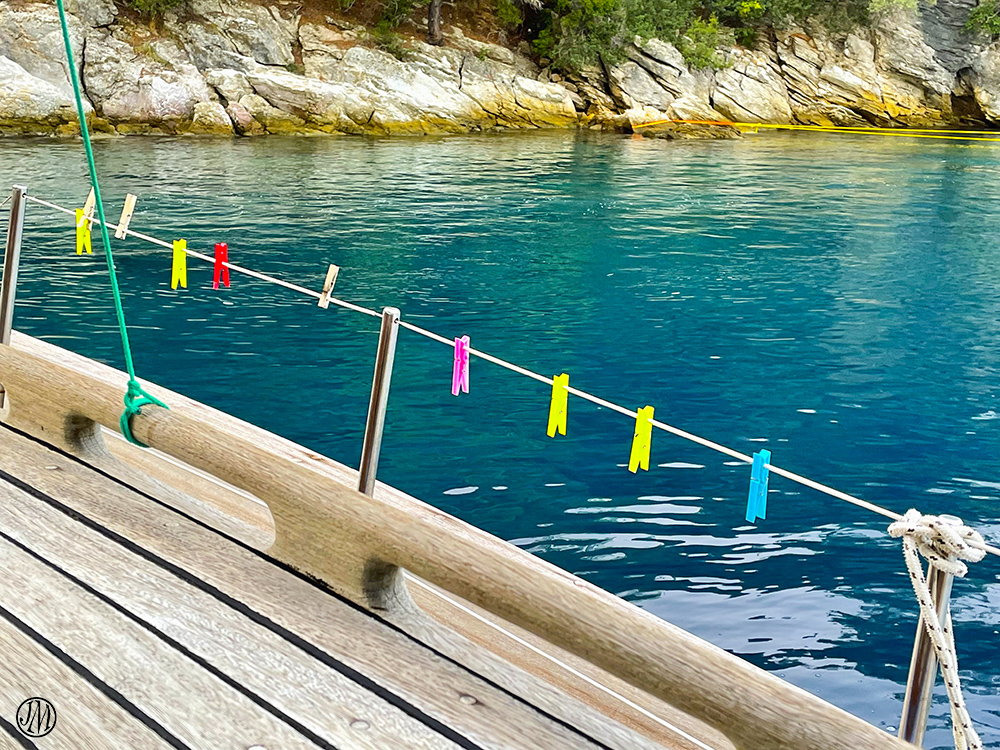
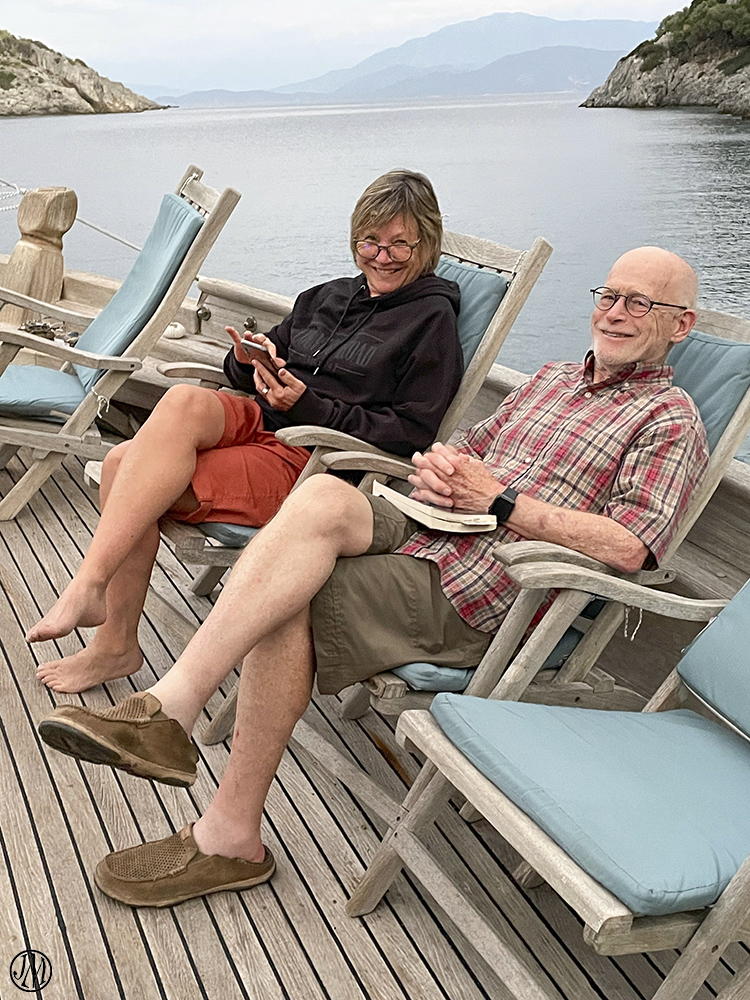
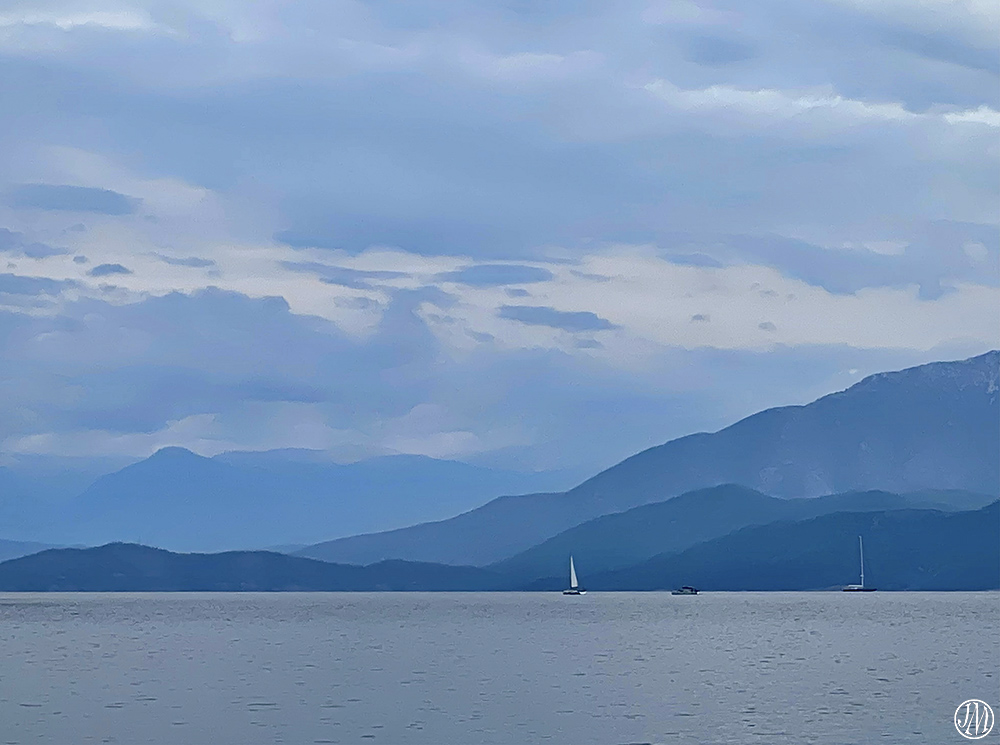
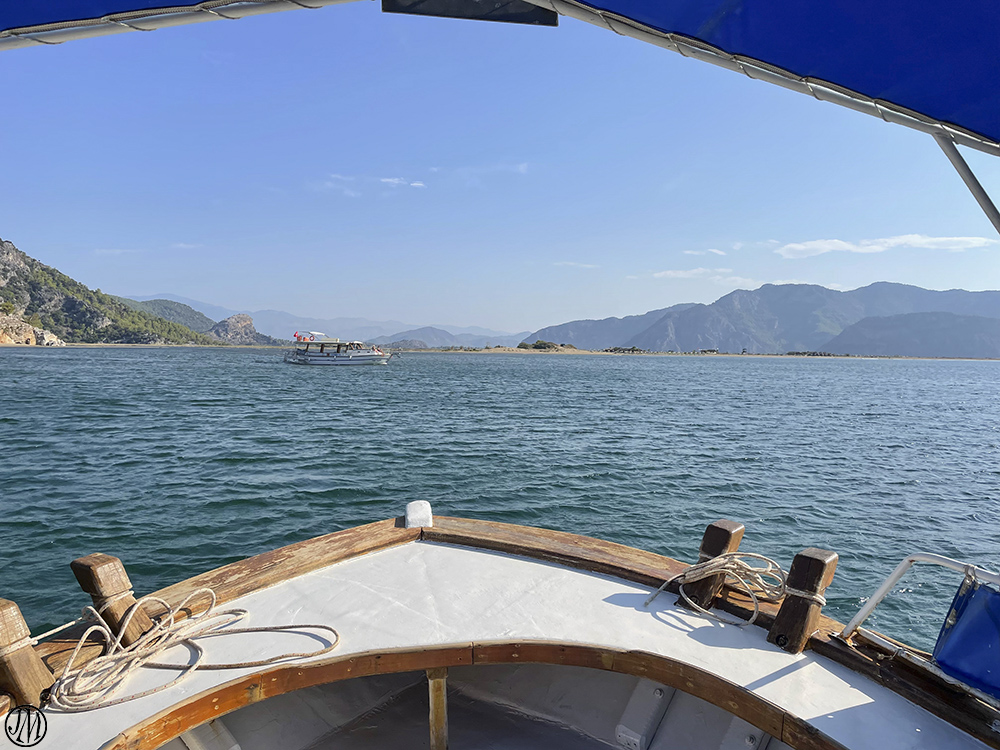
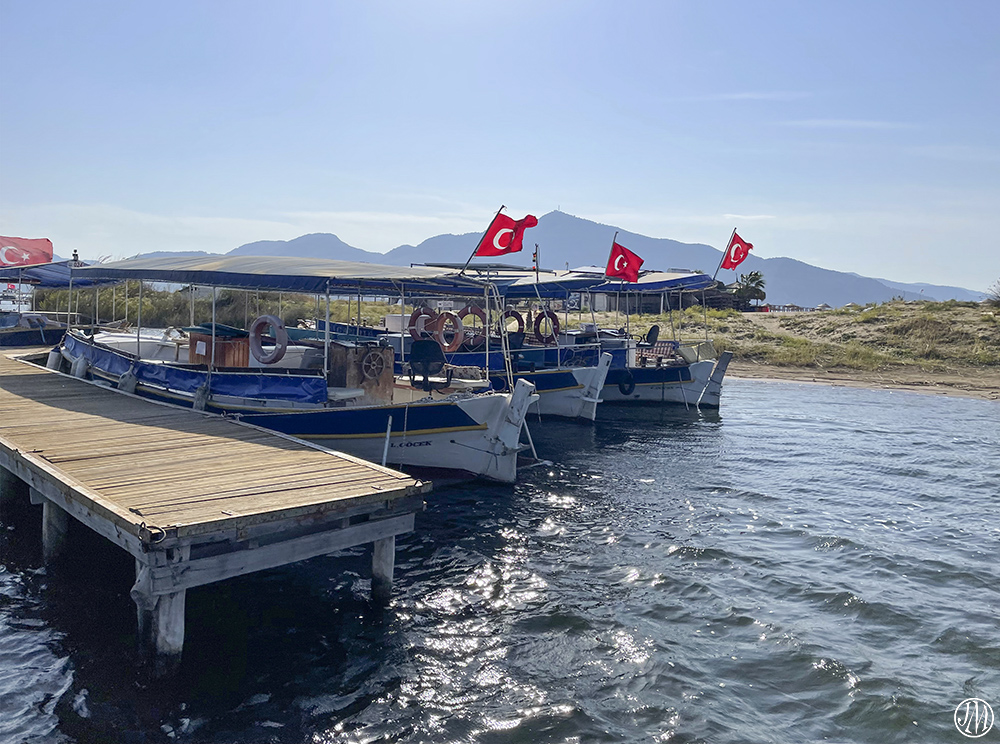
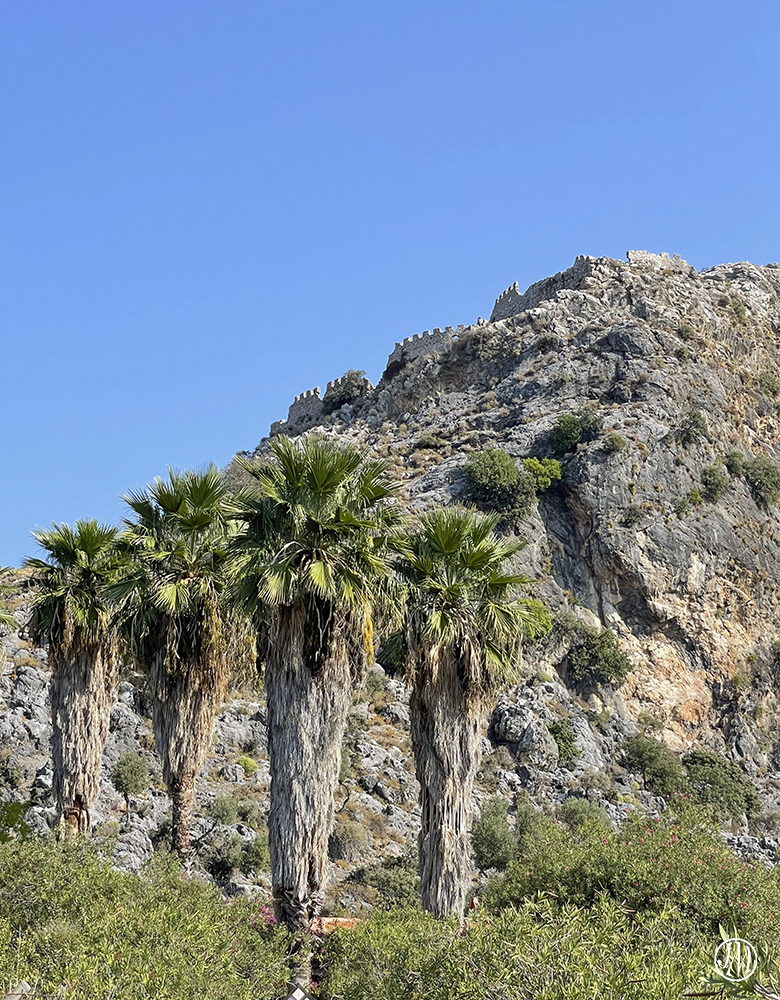
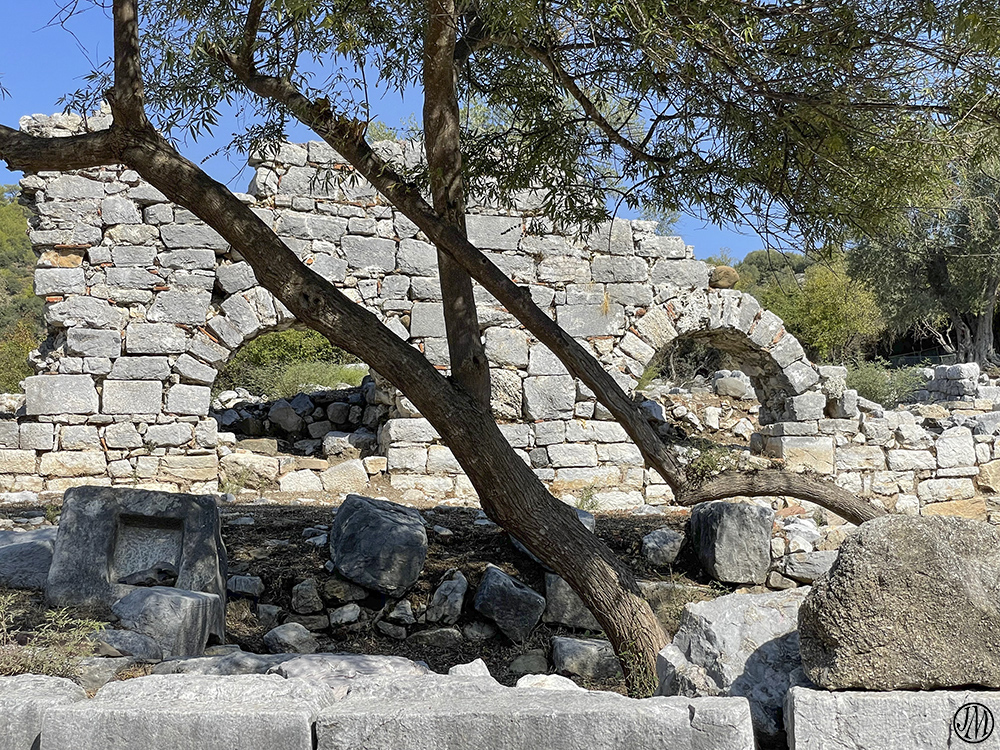
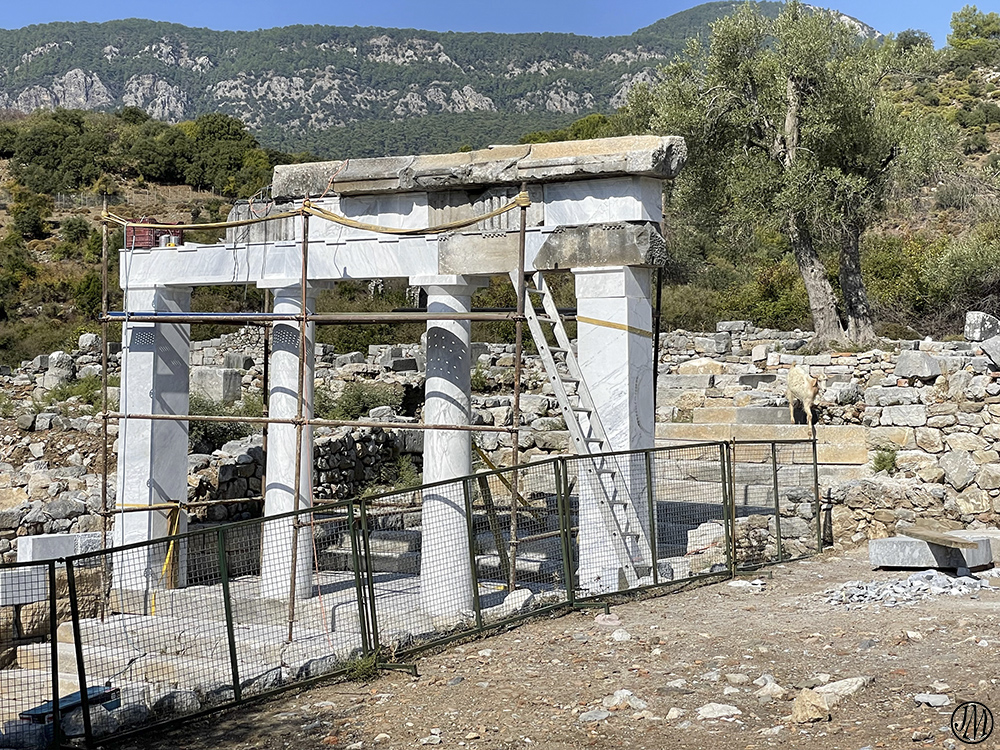
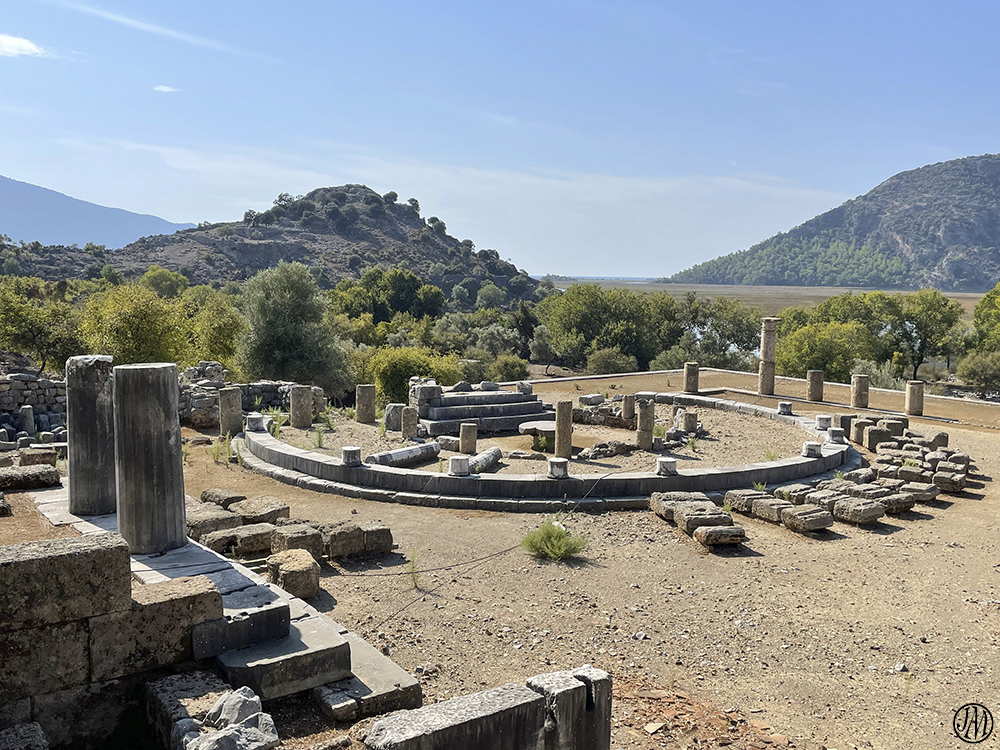
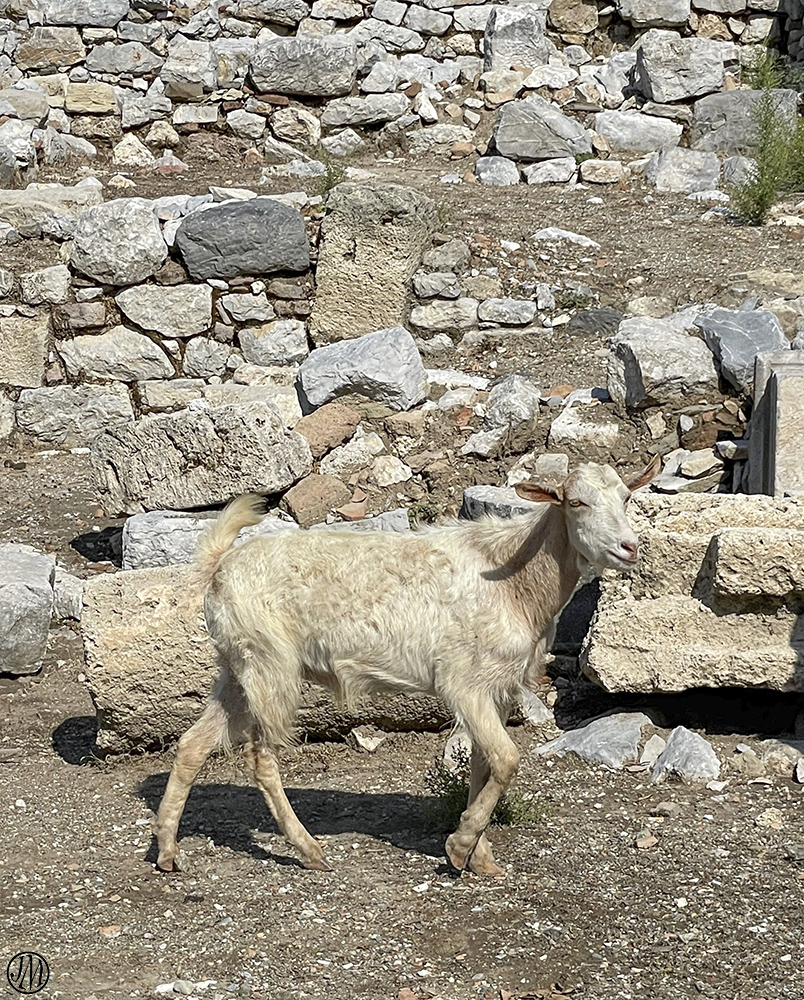
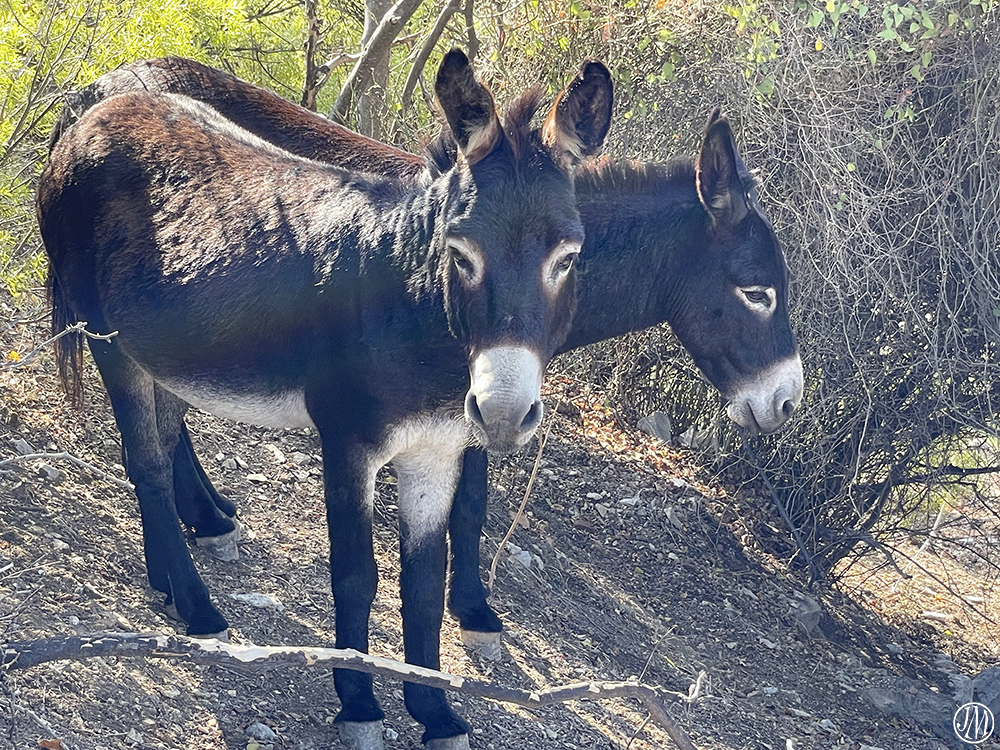
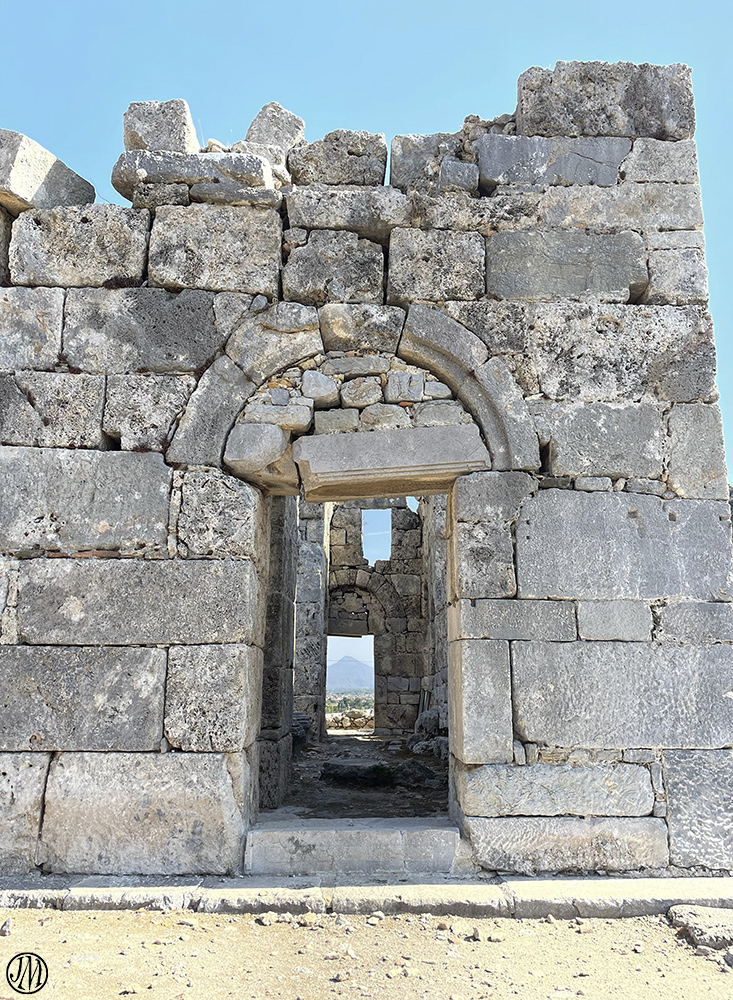
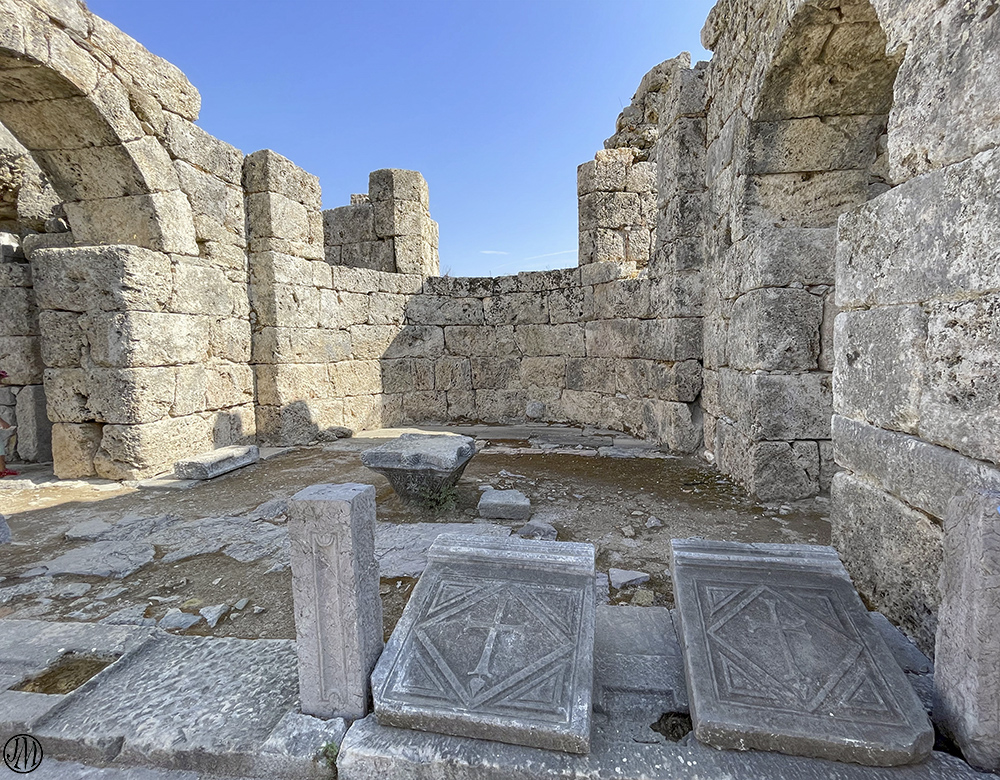
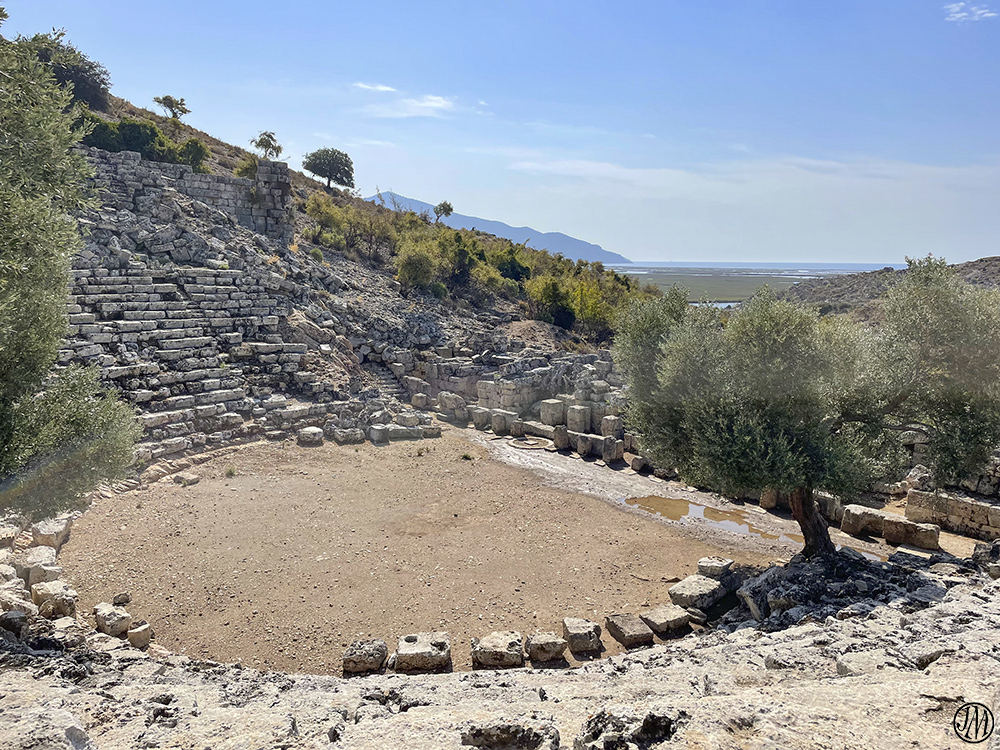
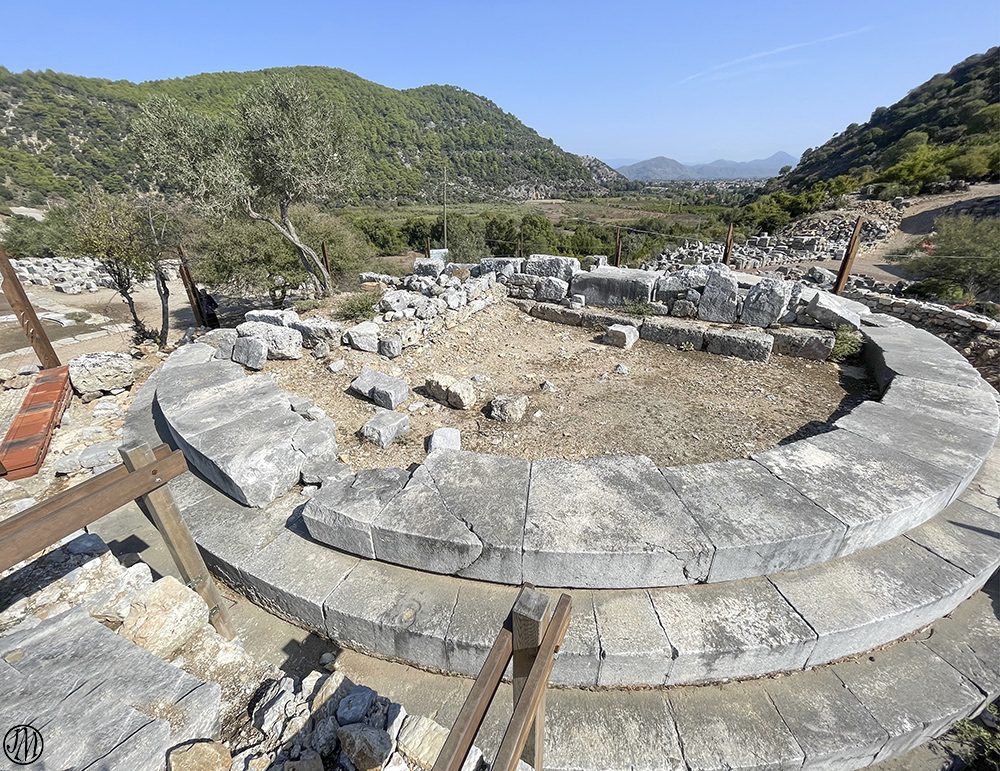
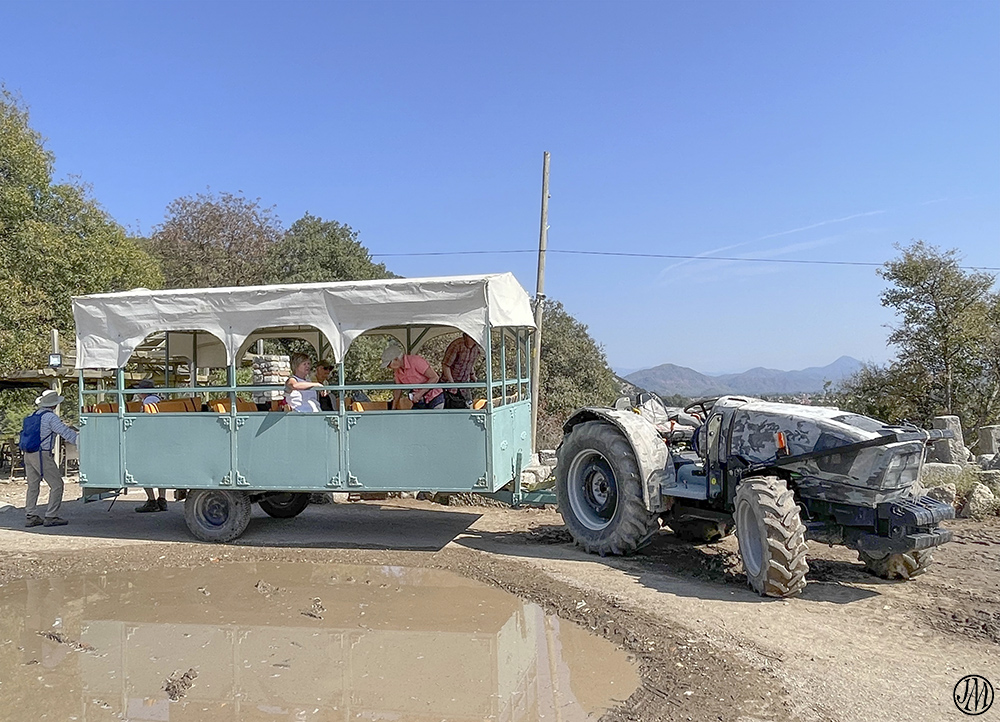
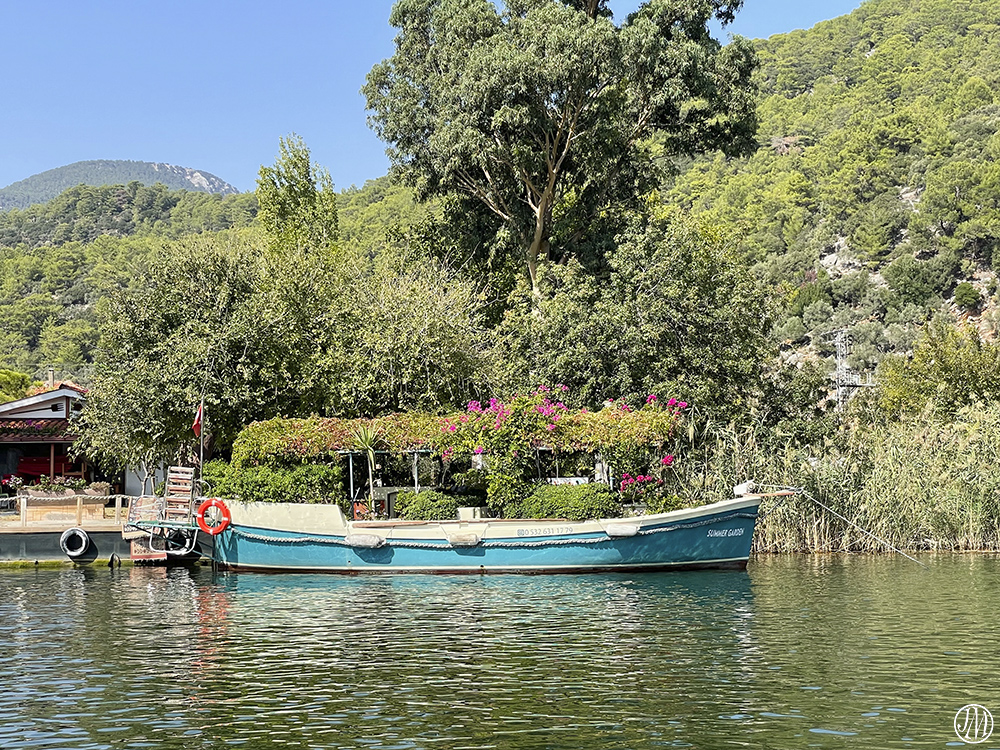
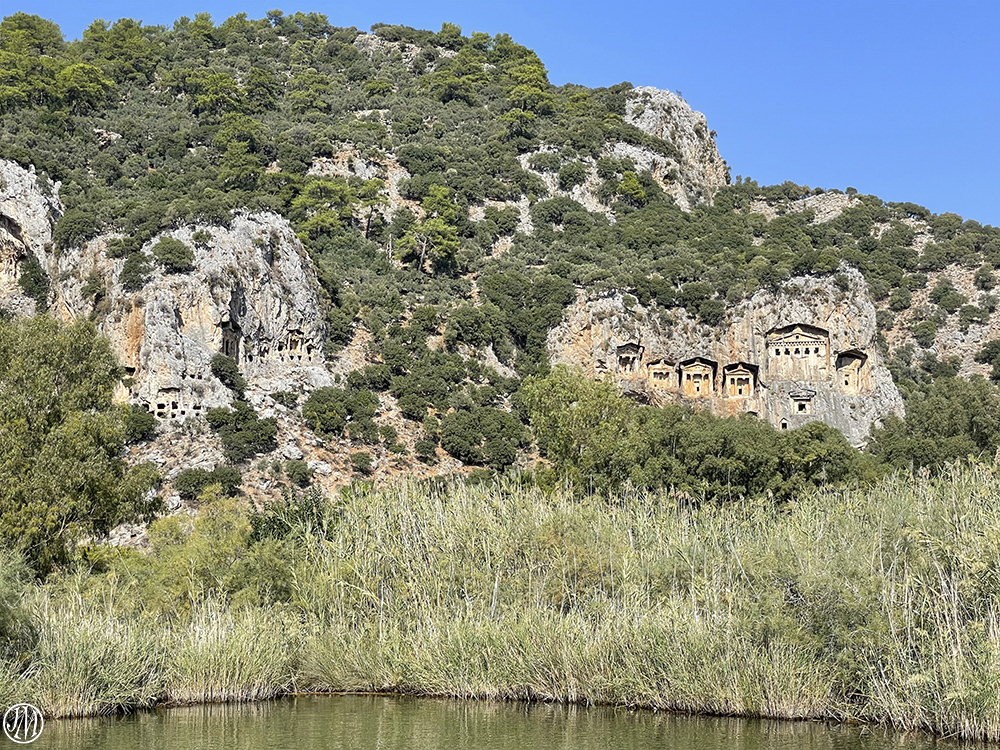
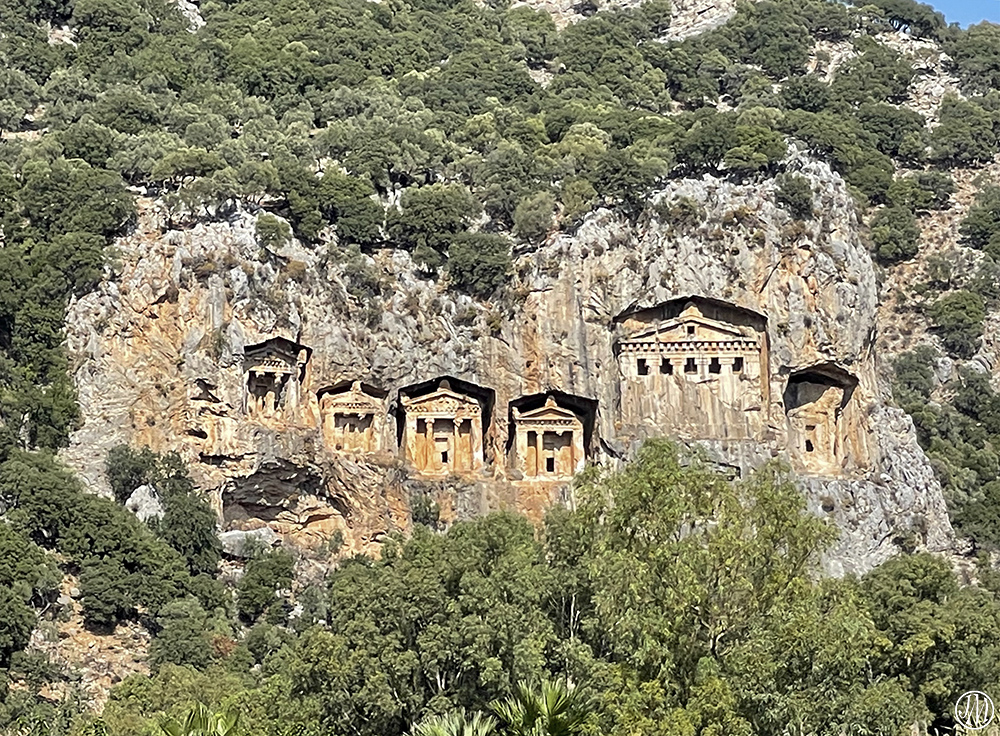
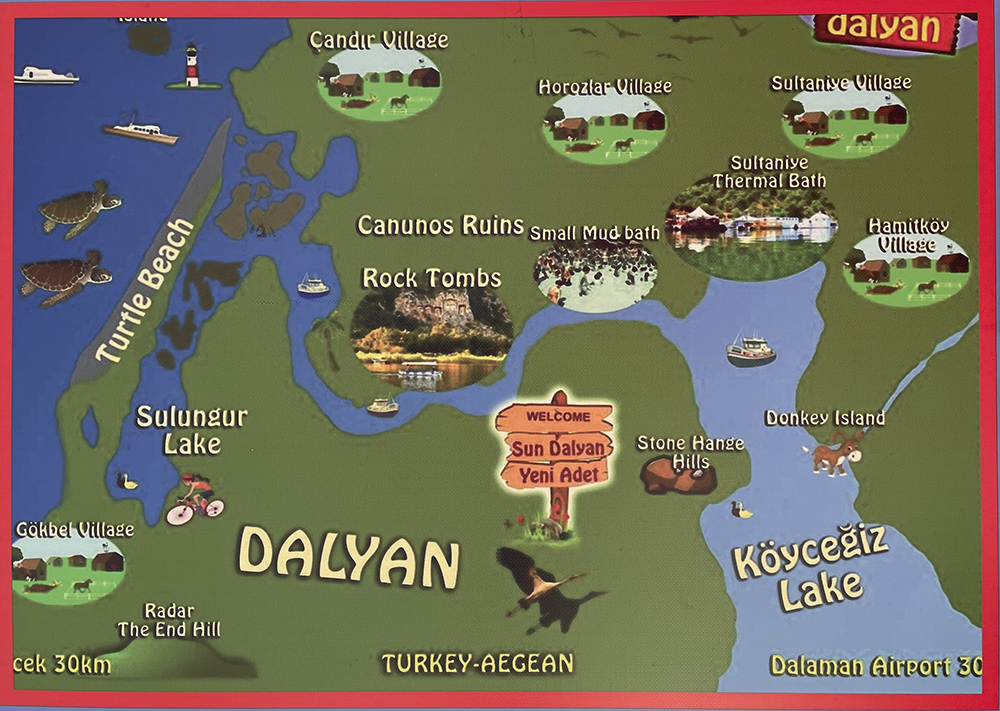


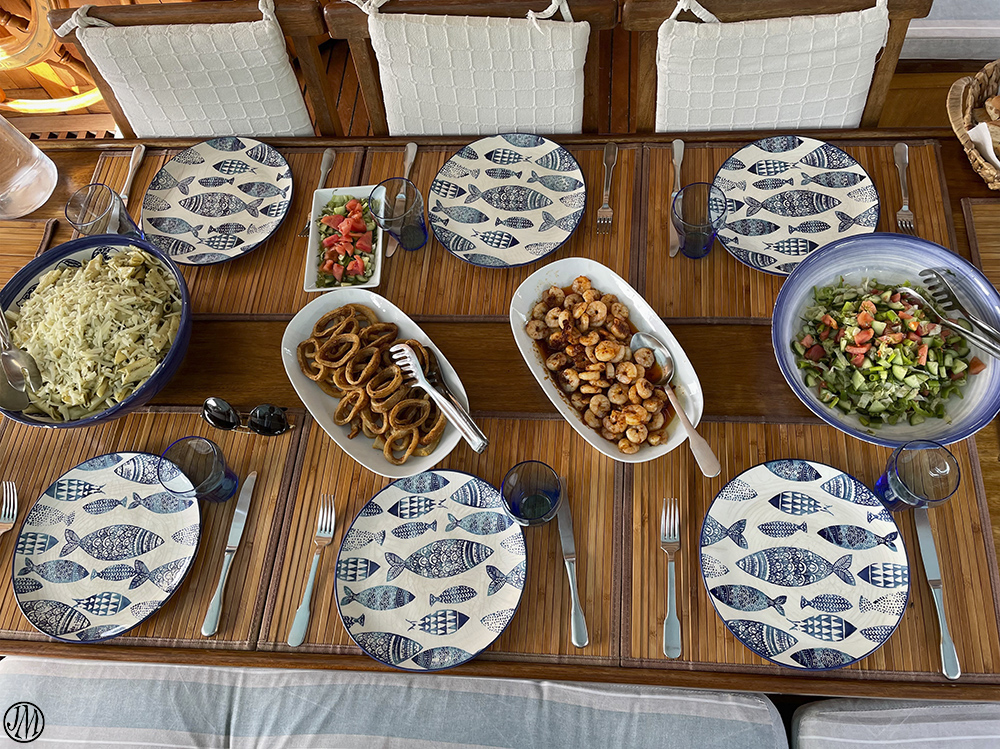
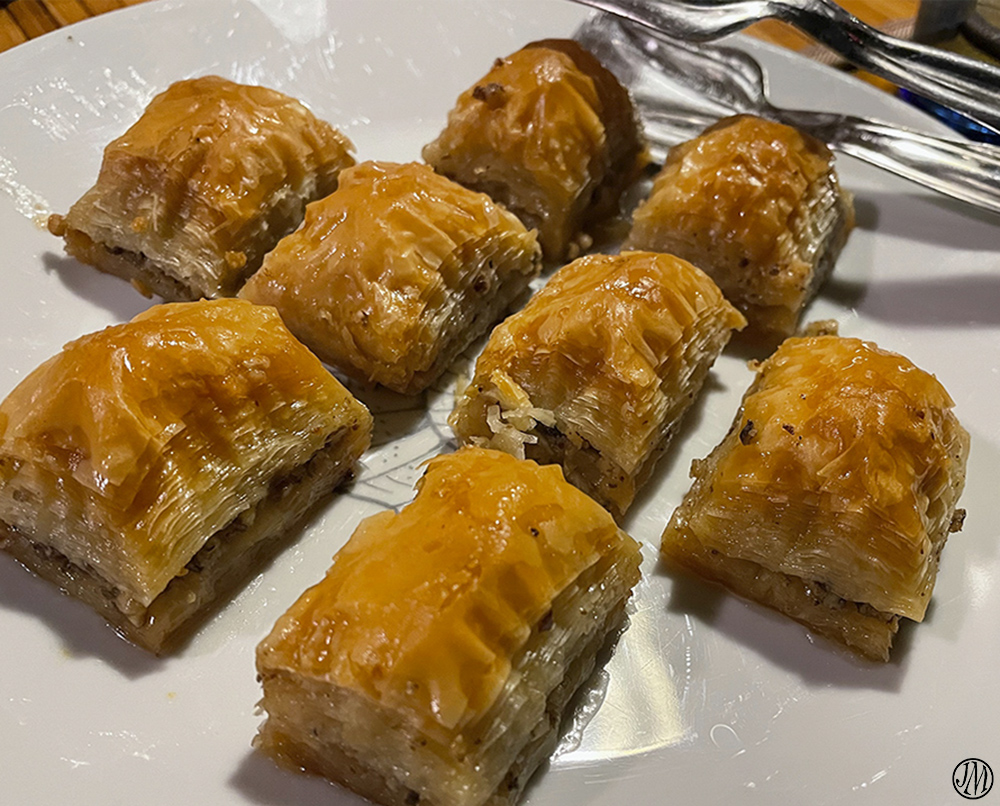
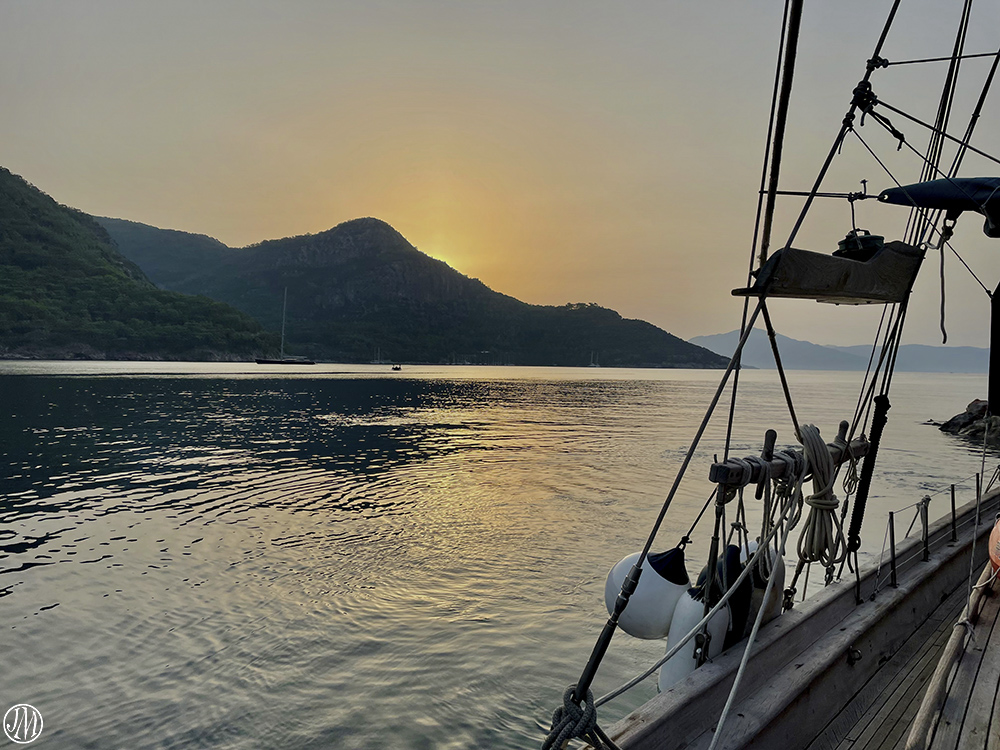
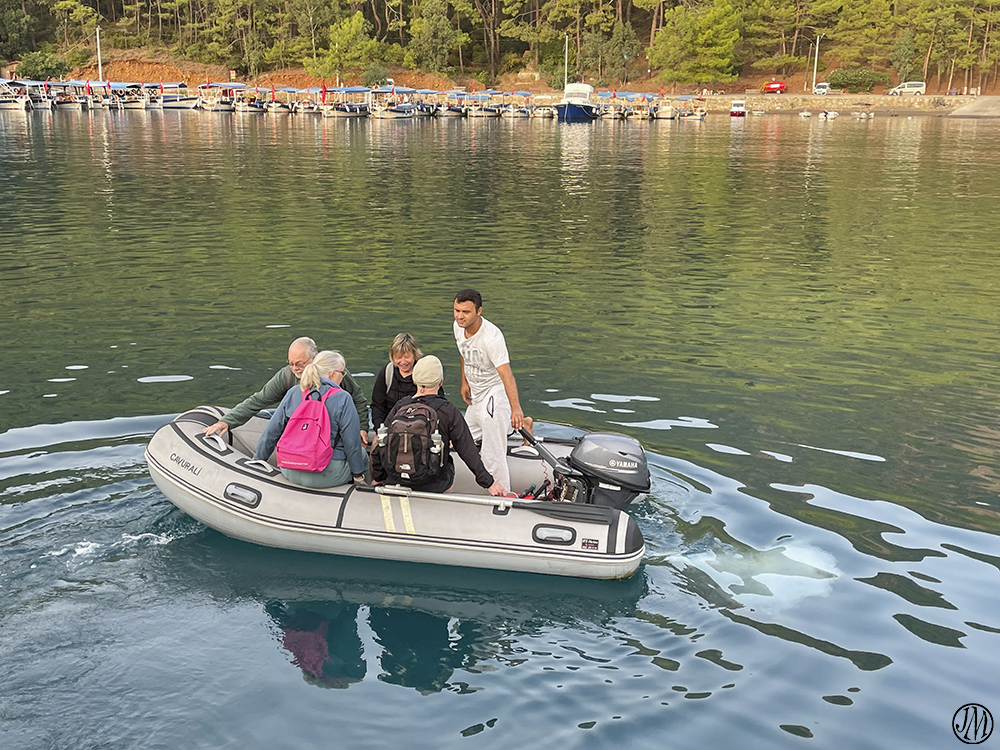
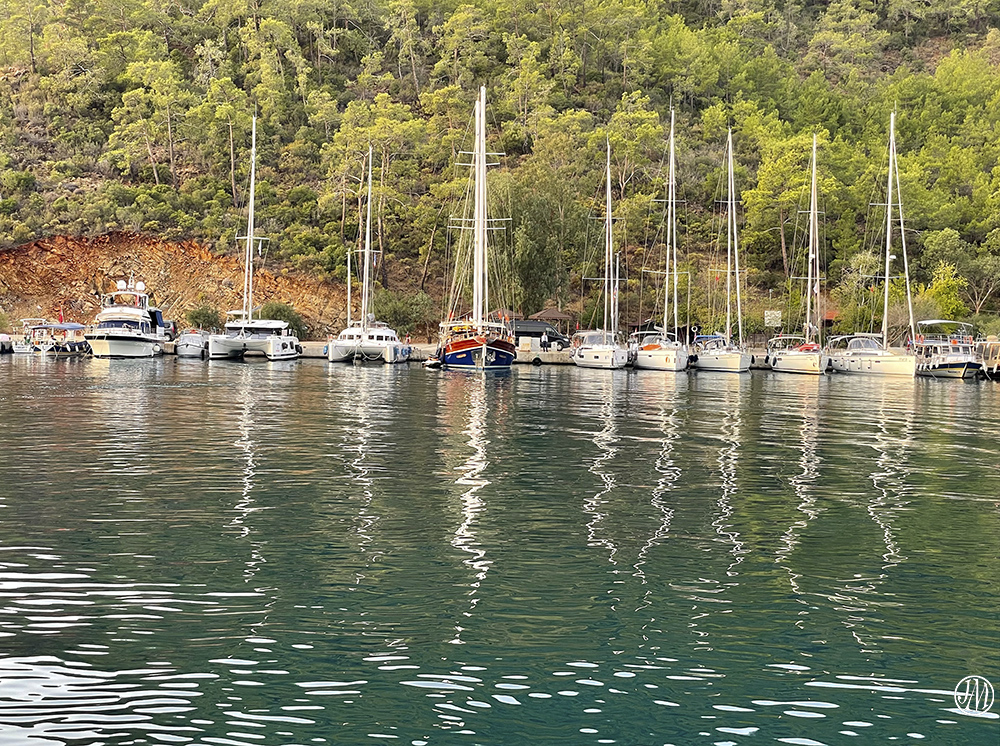
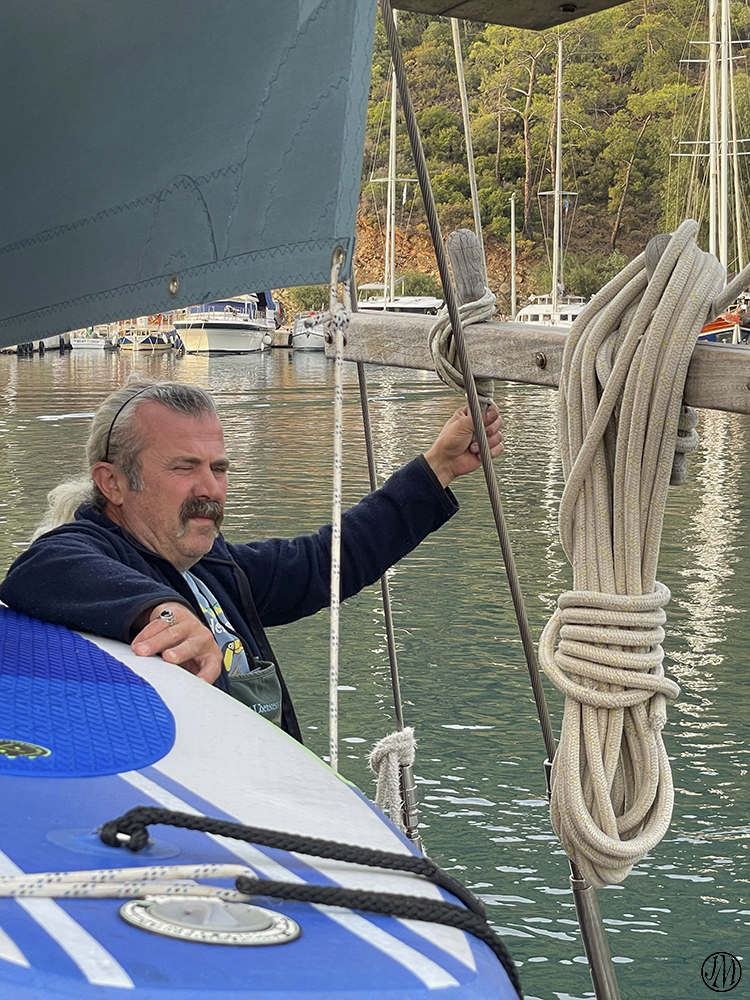
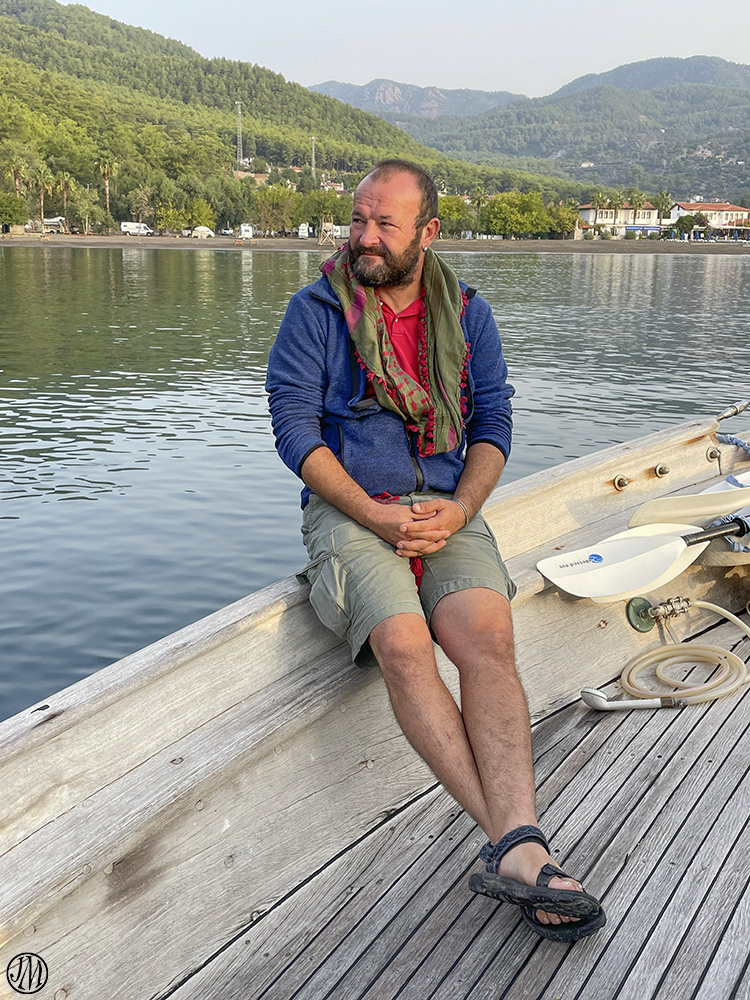
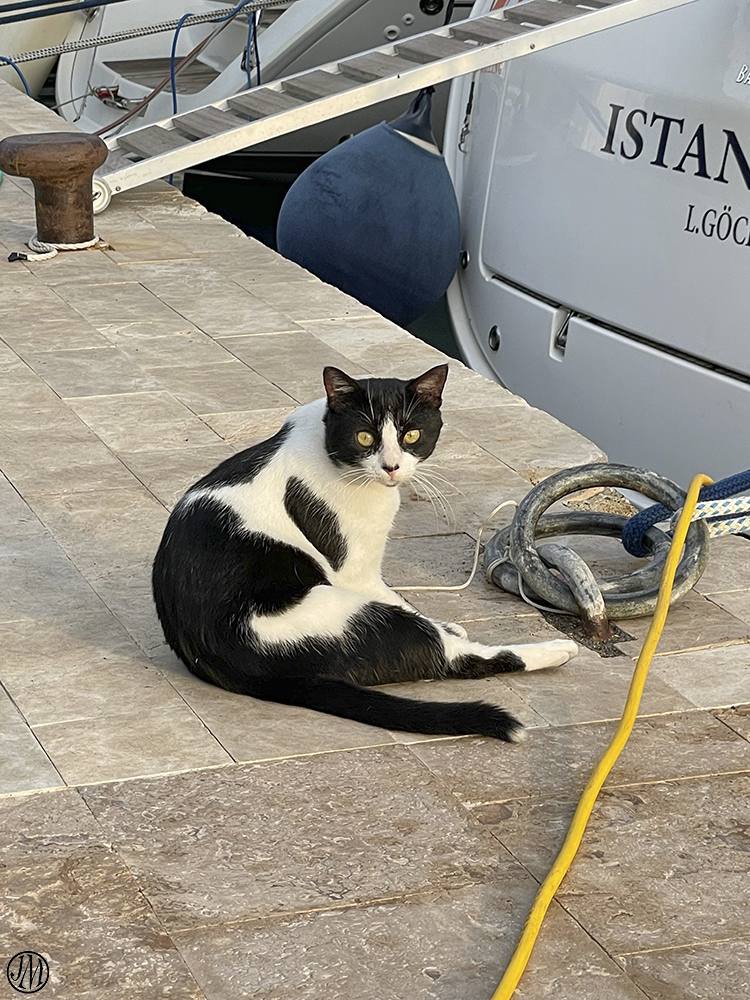
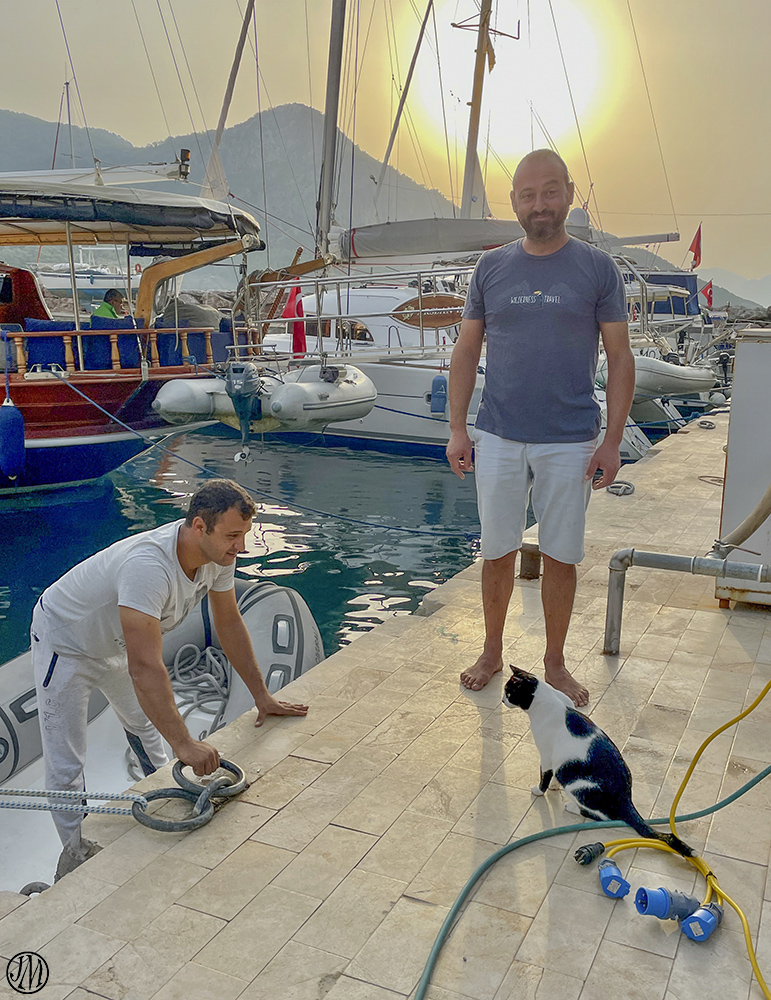
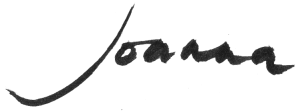
As usual wonderful pictures and they really capture our trip well.
Yes, I am thoroughly enjoying the trip. I have never been to Turkey, and all of it looks fabulous. Thanks so much for posting. Onwards to the next destination.